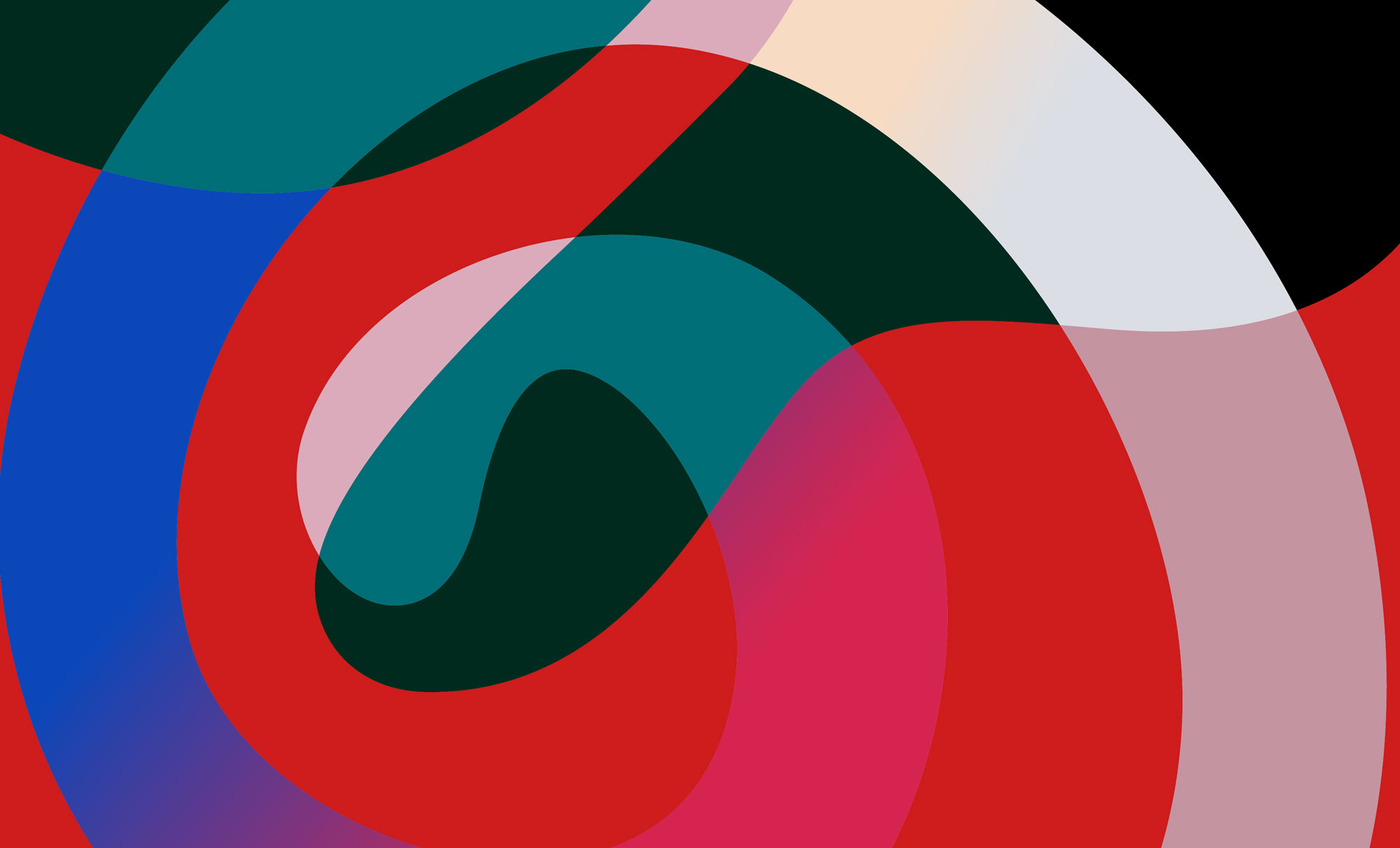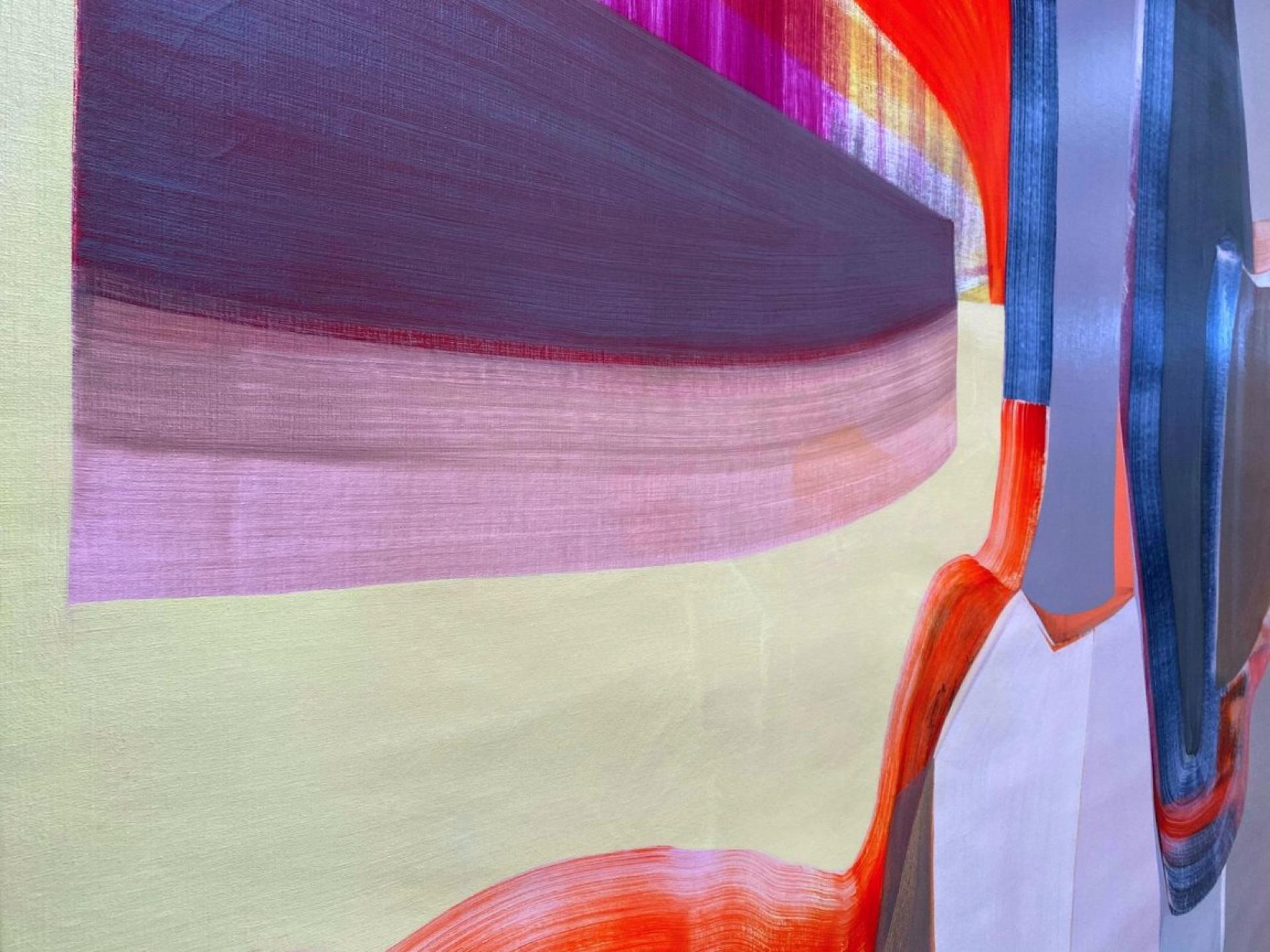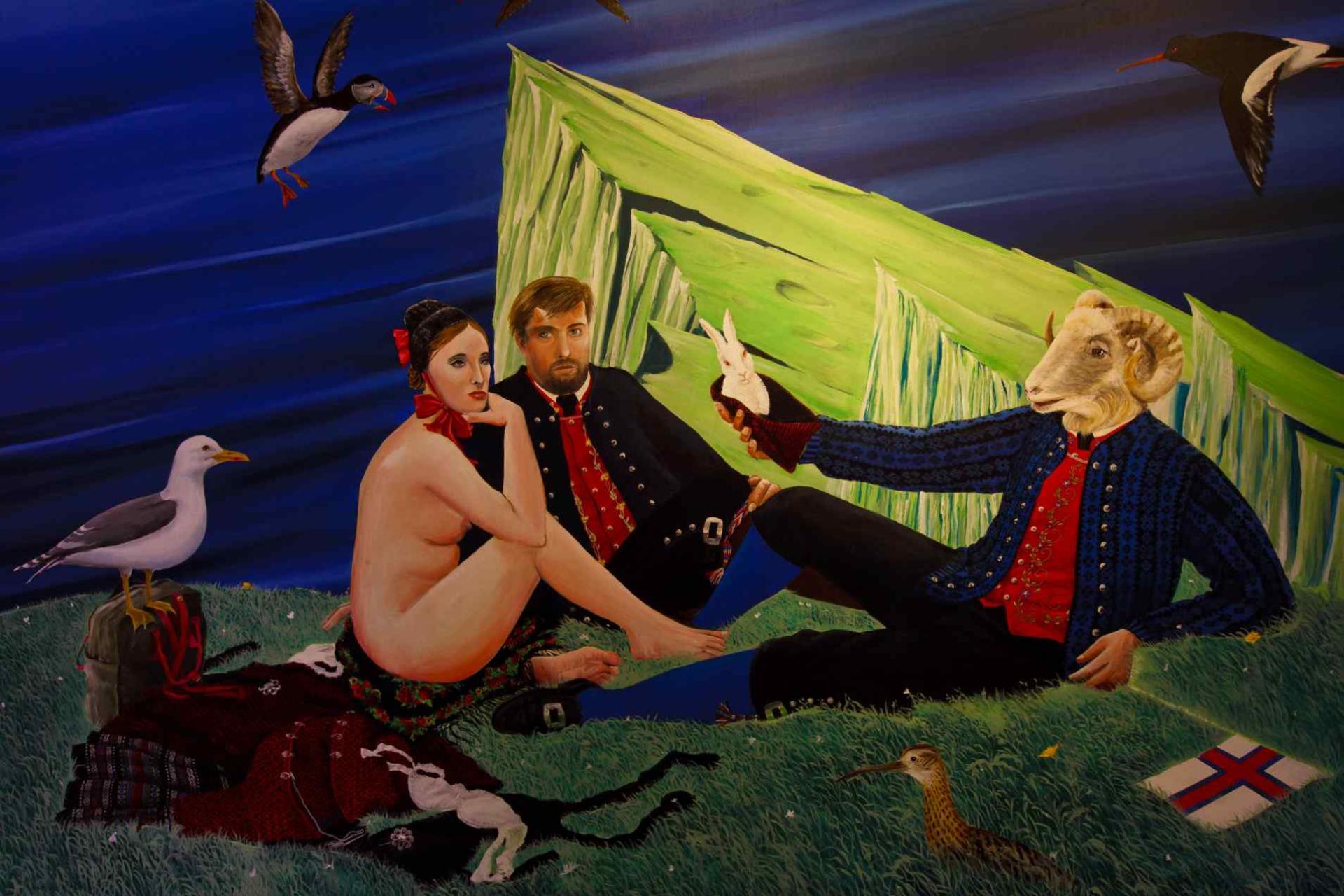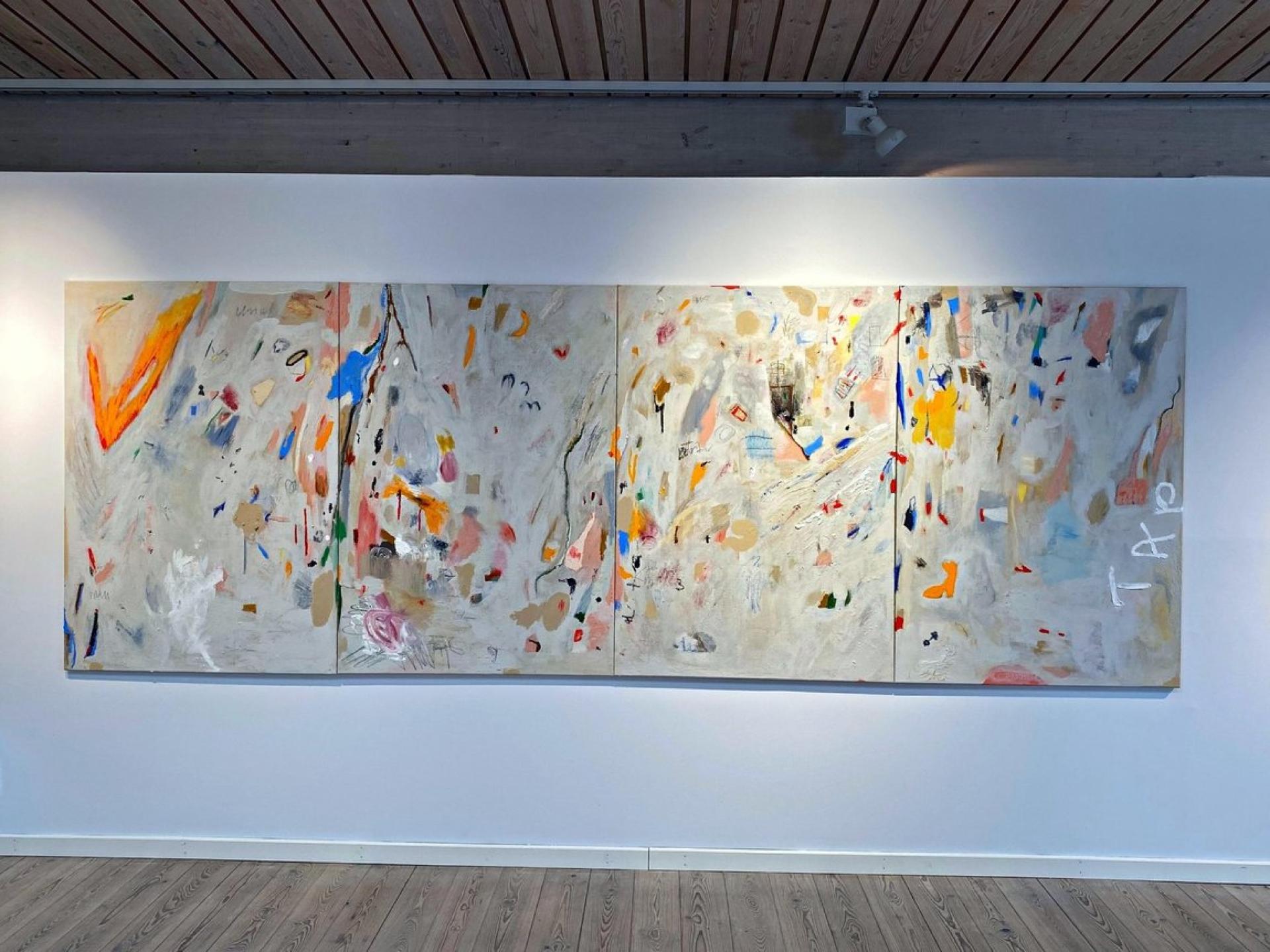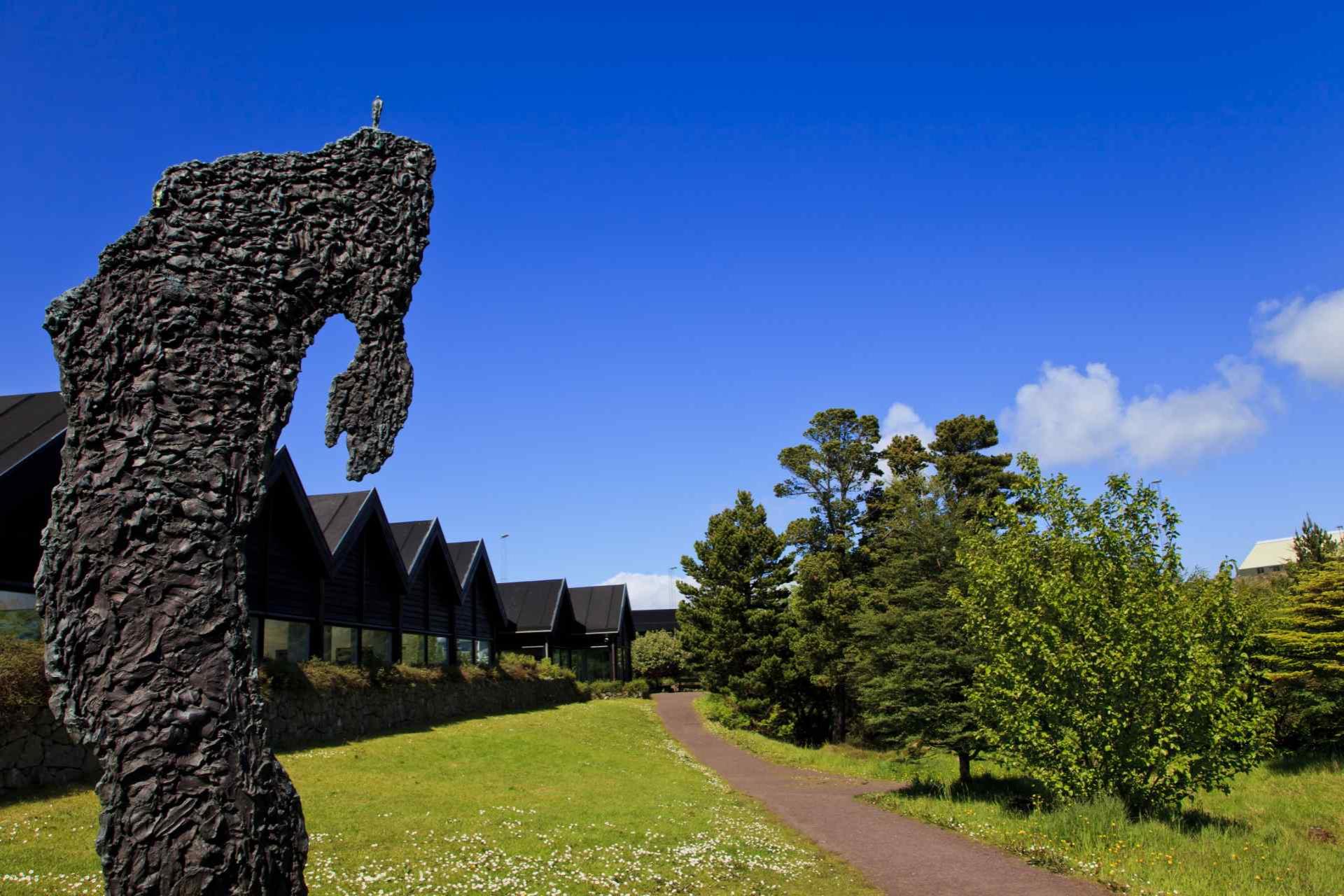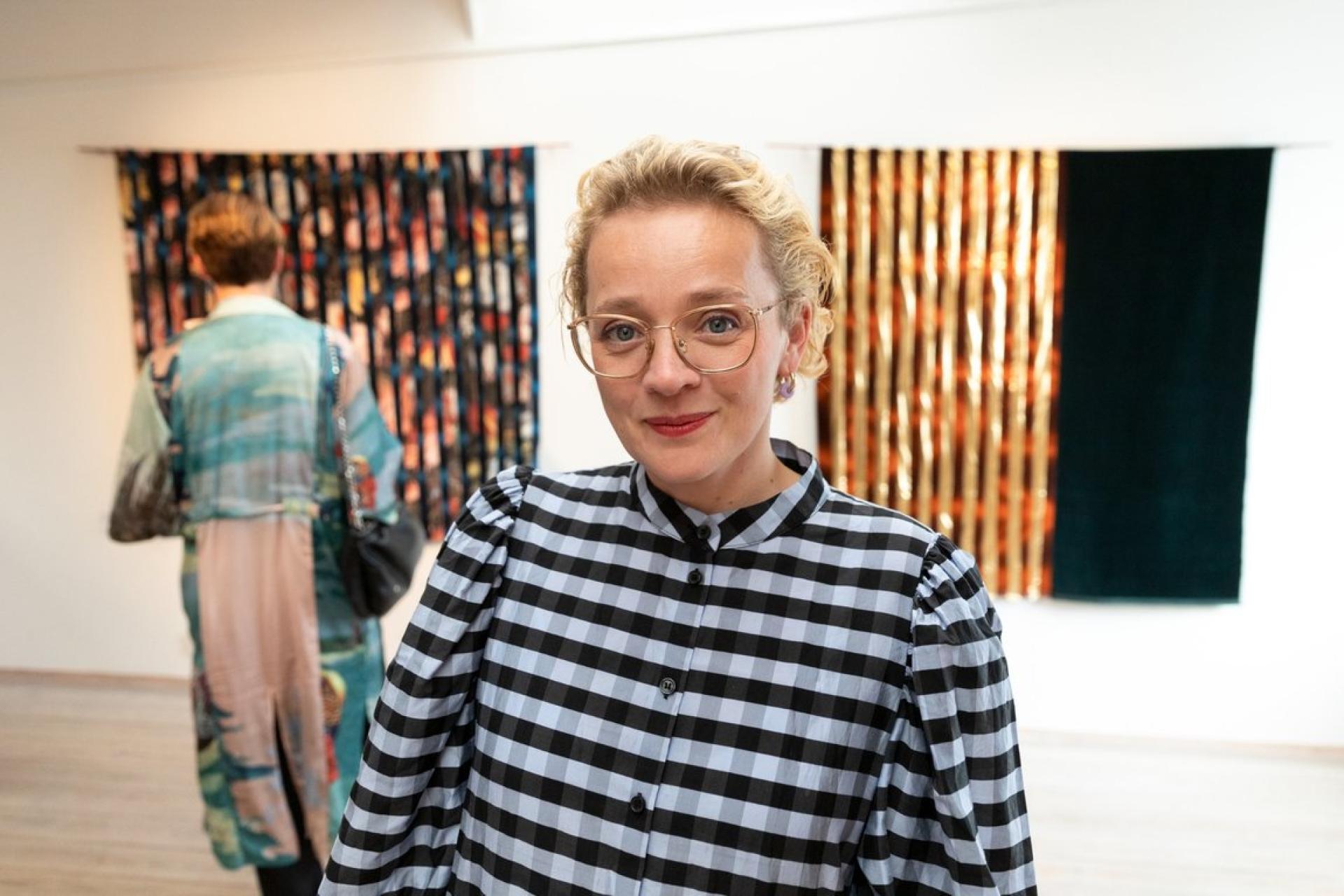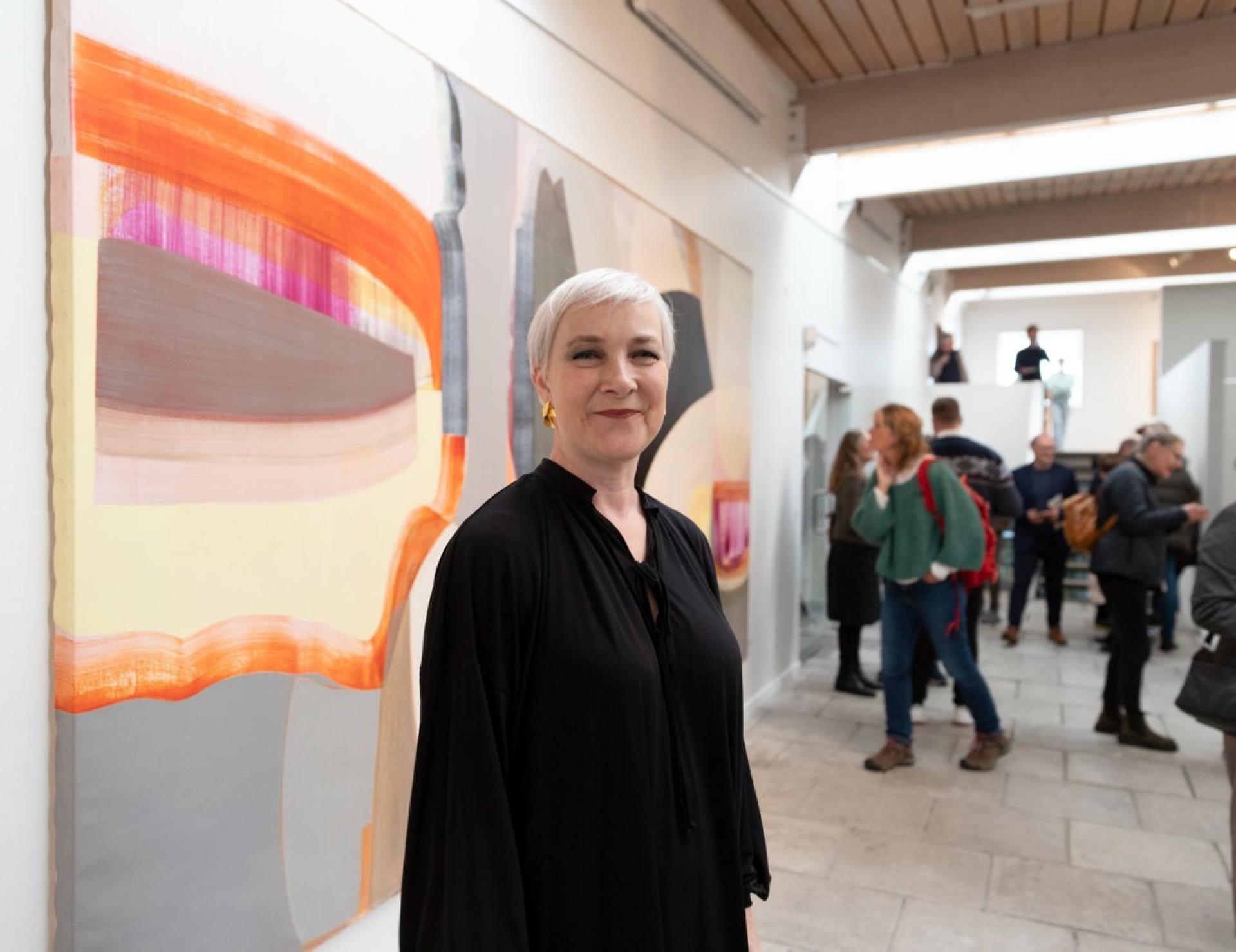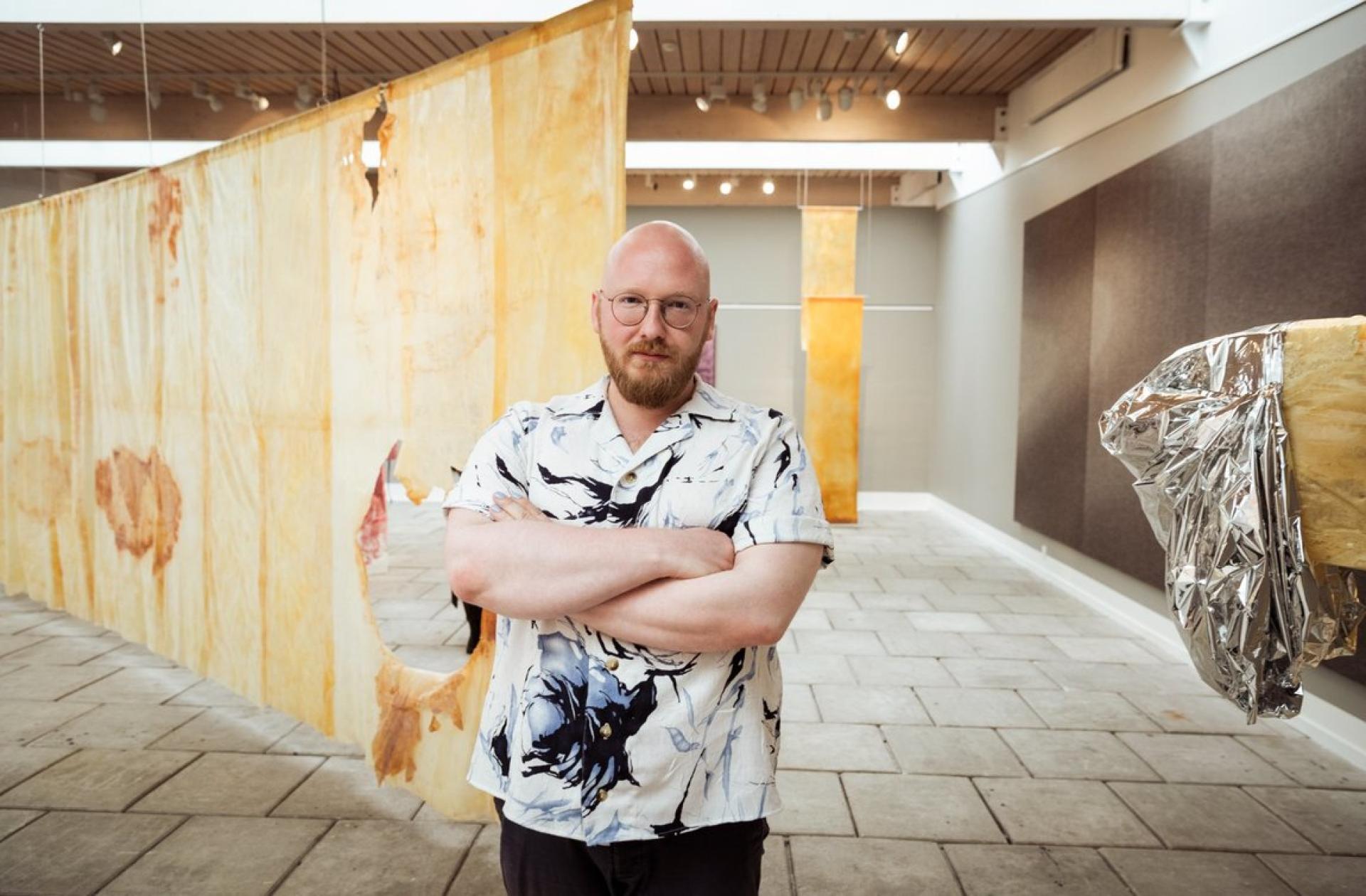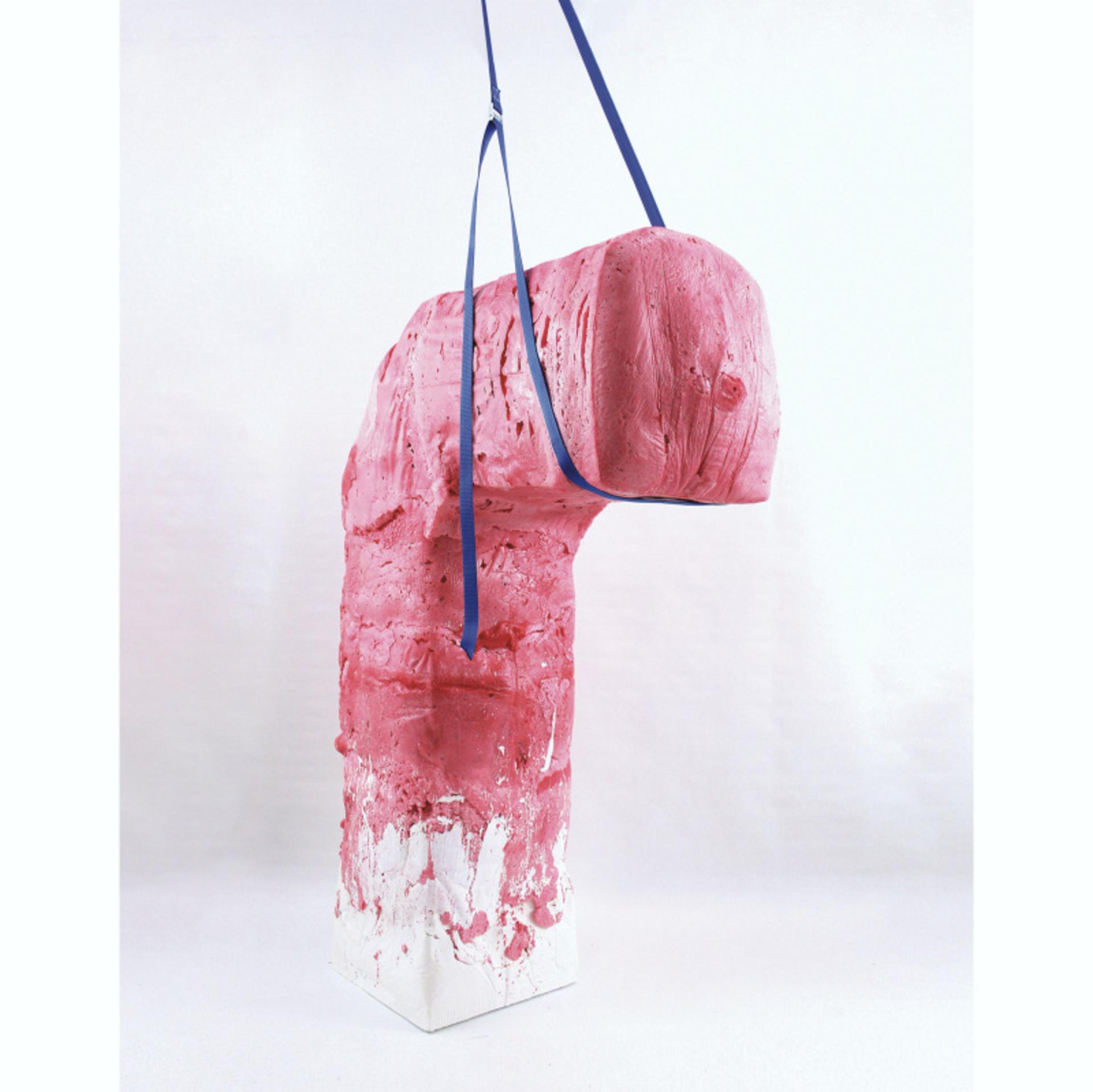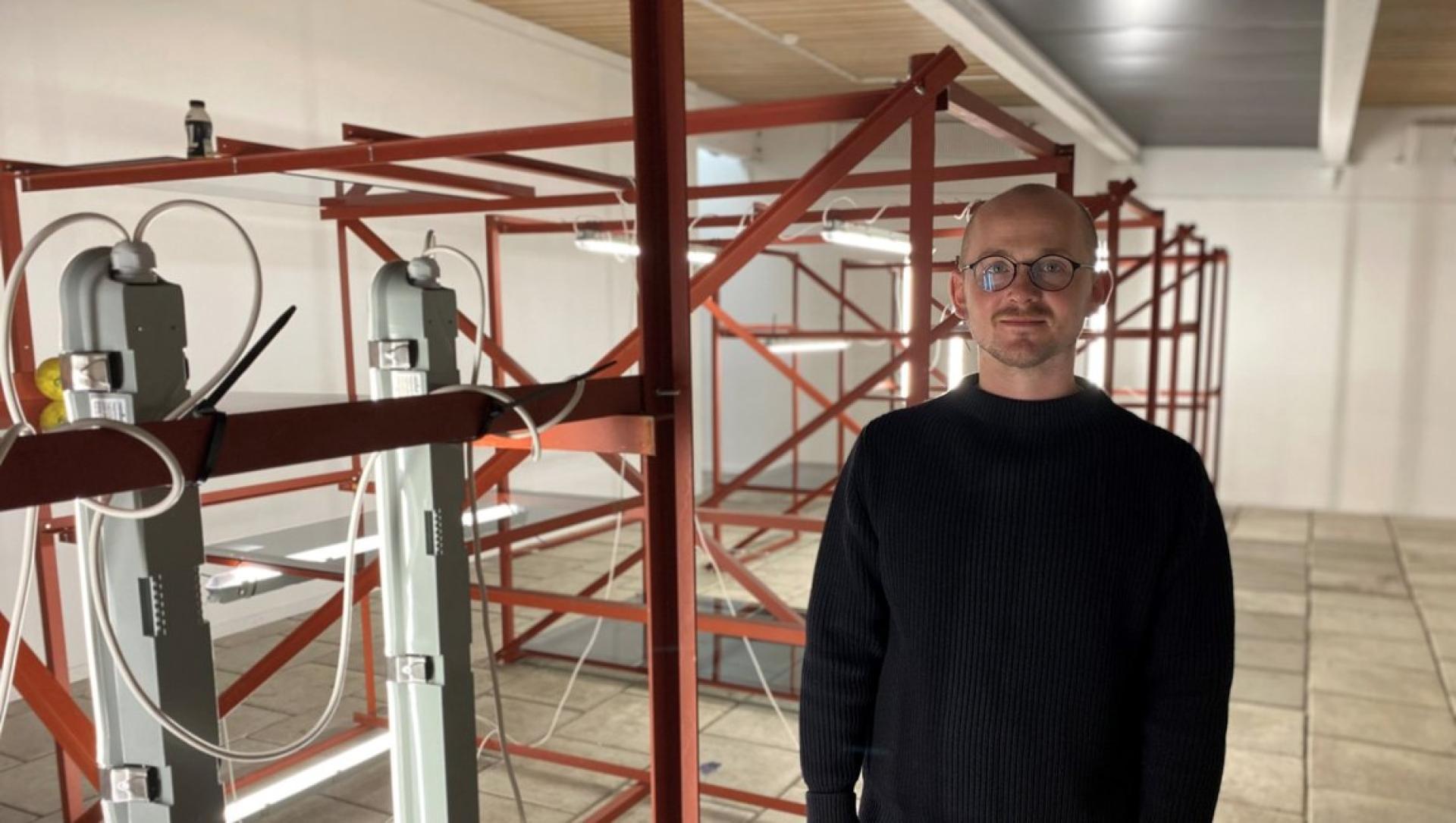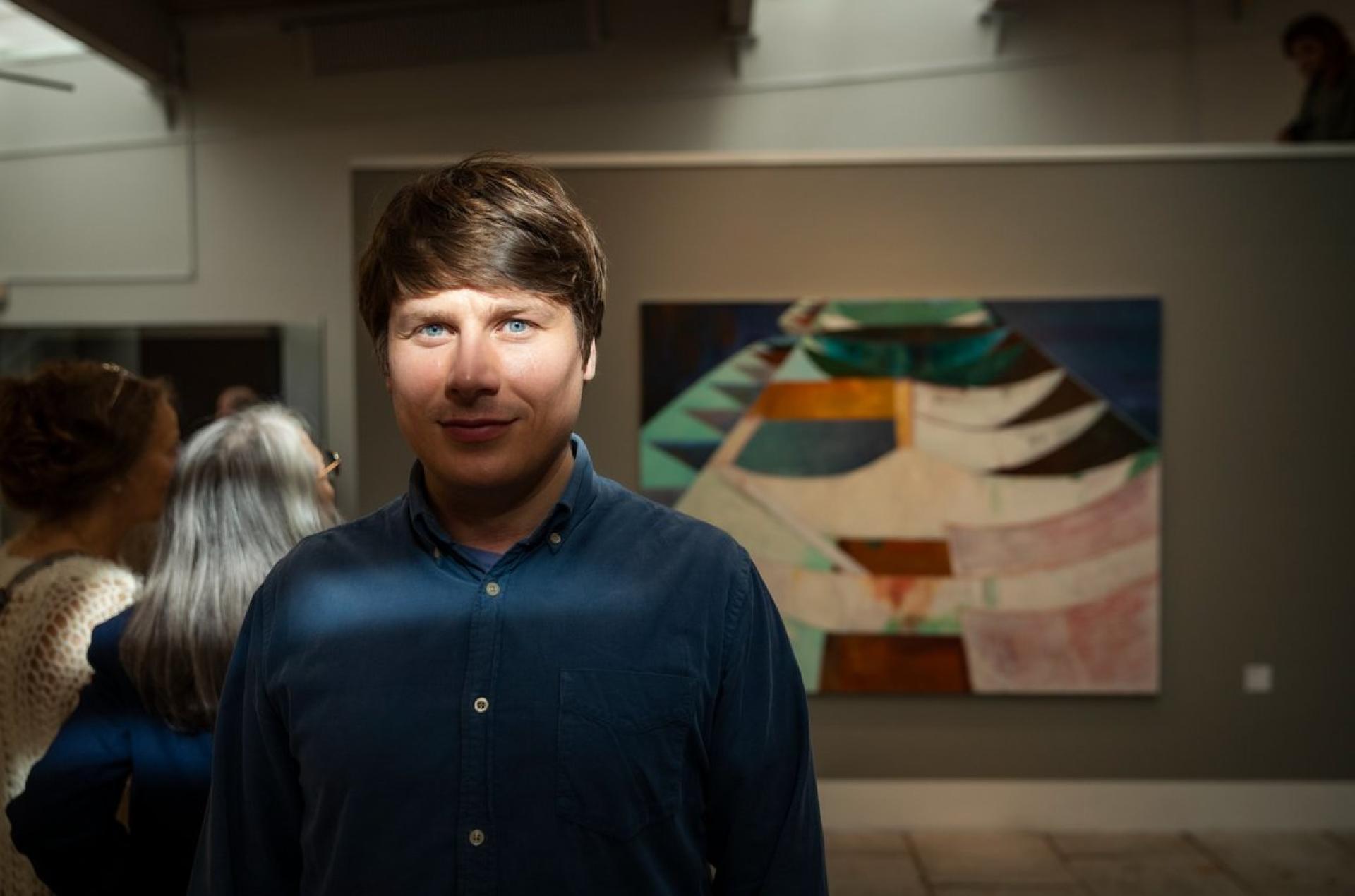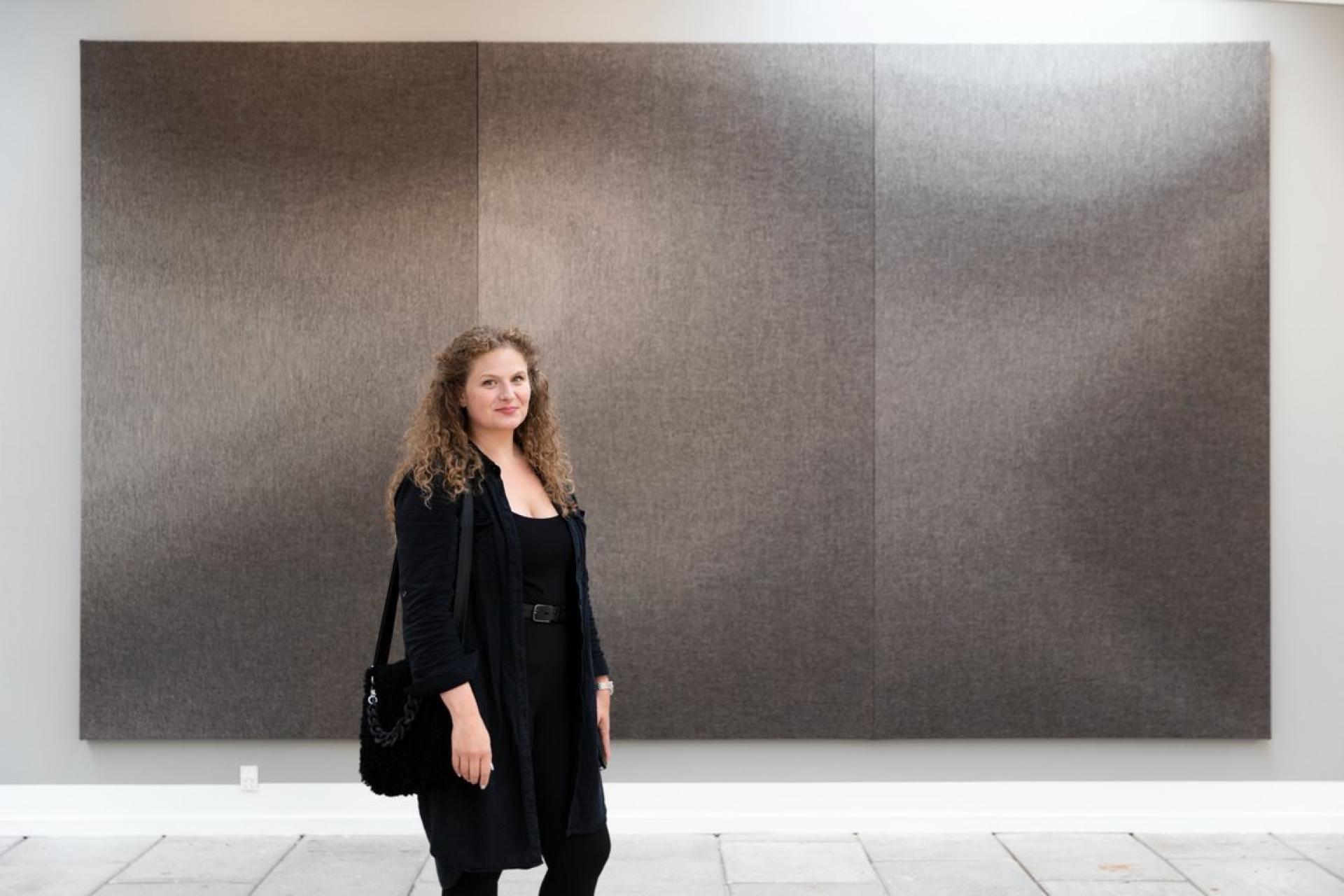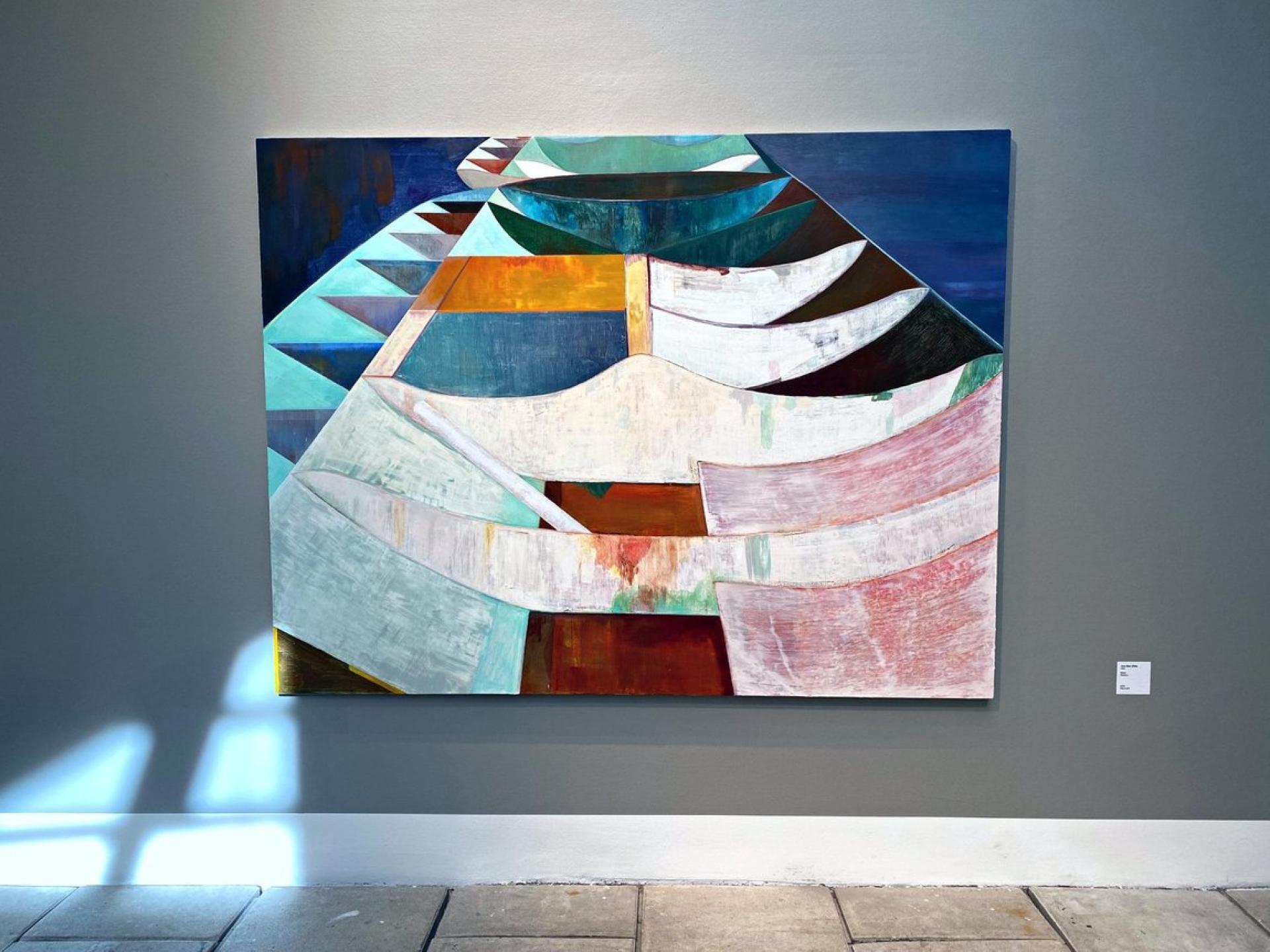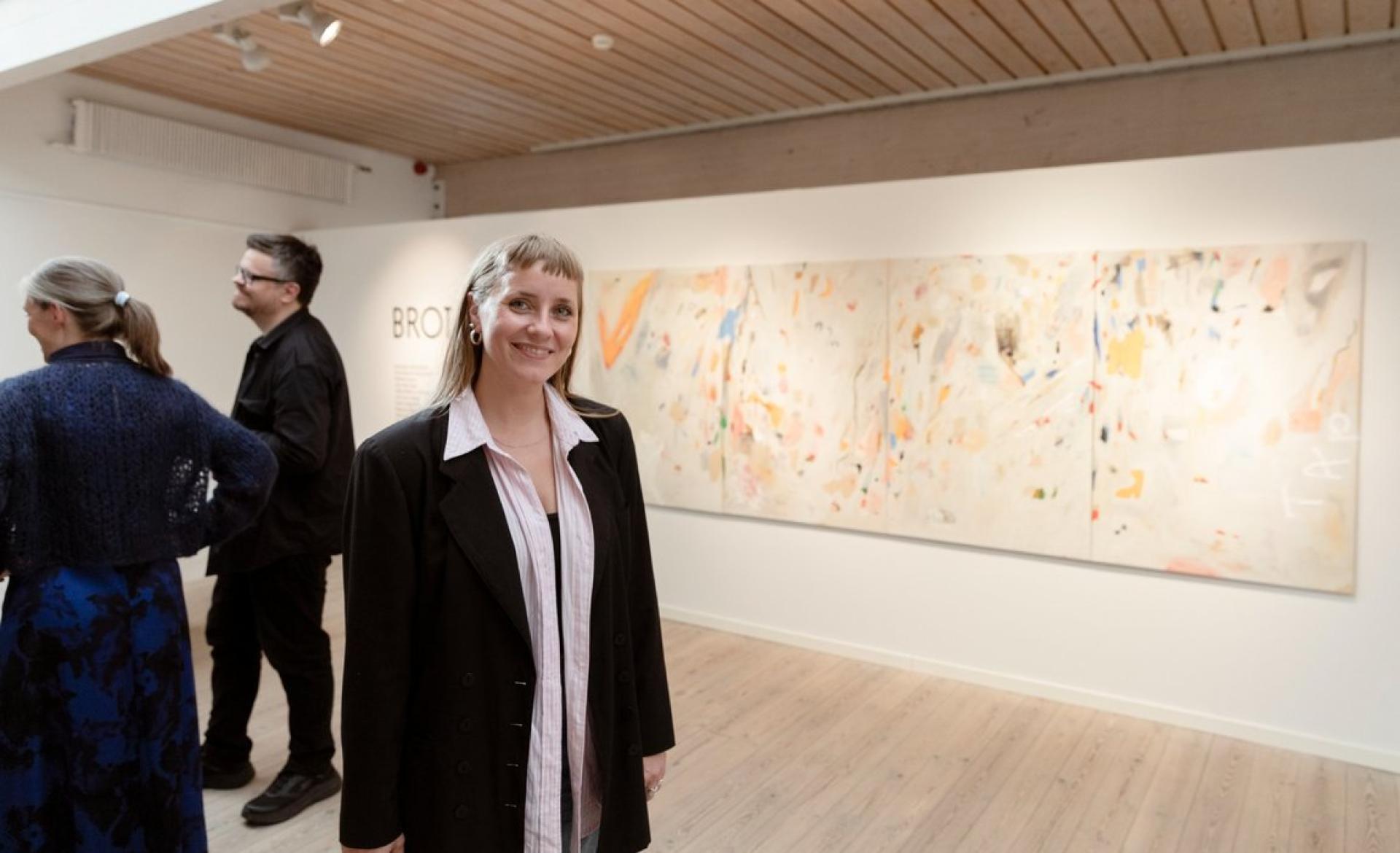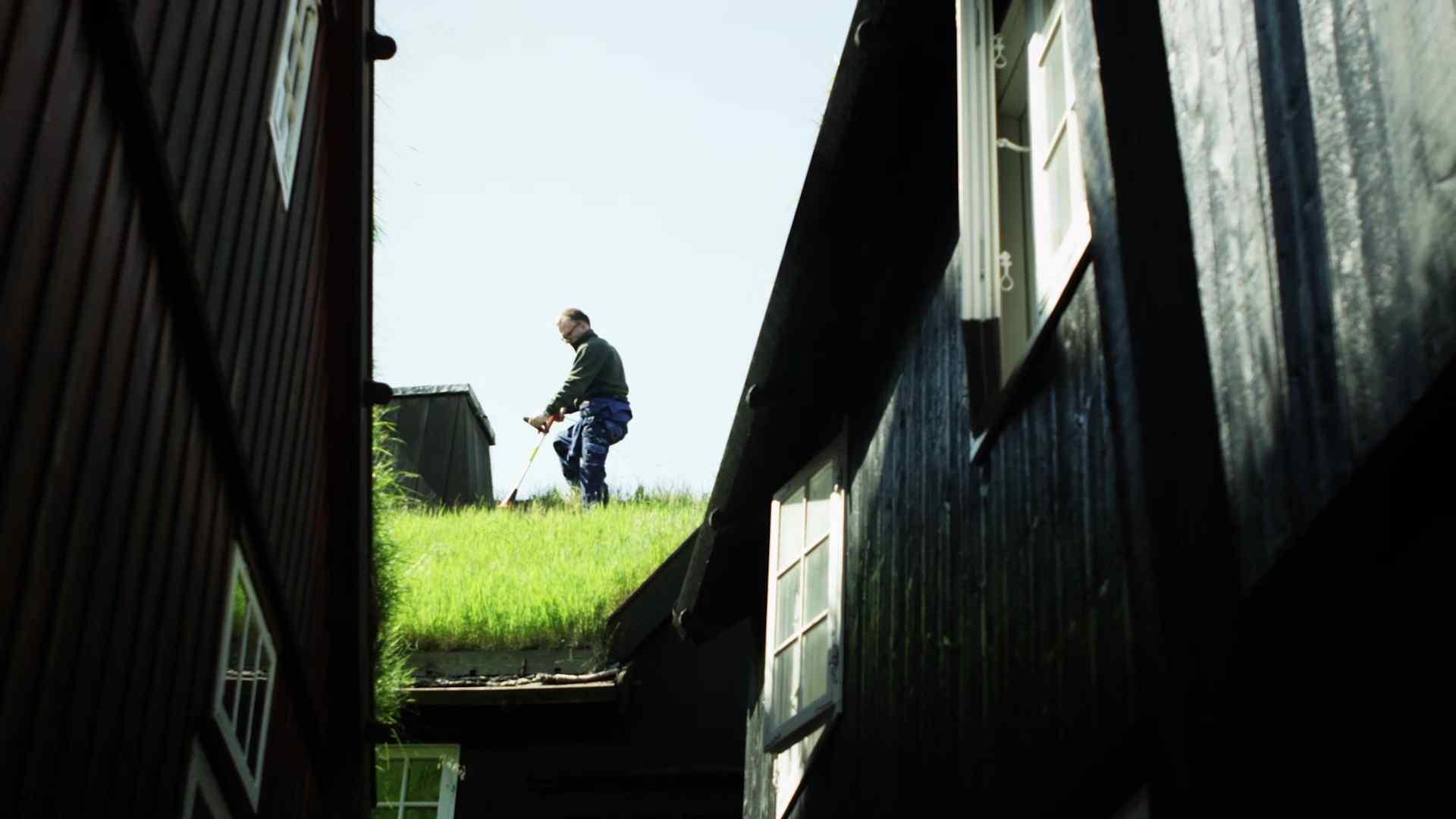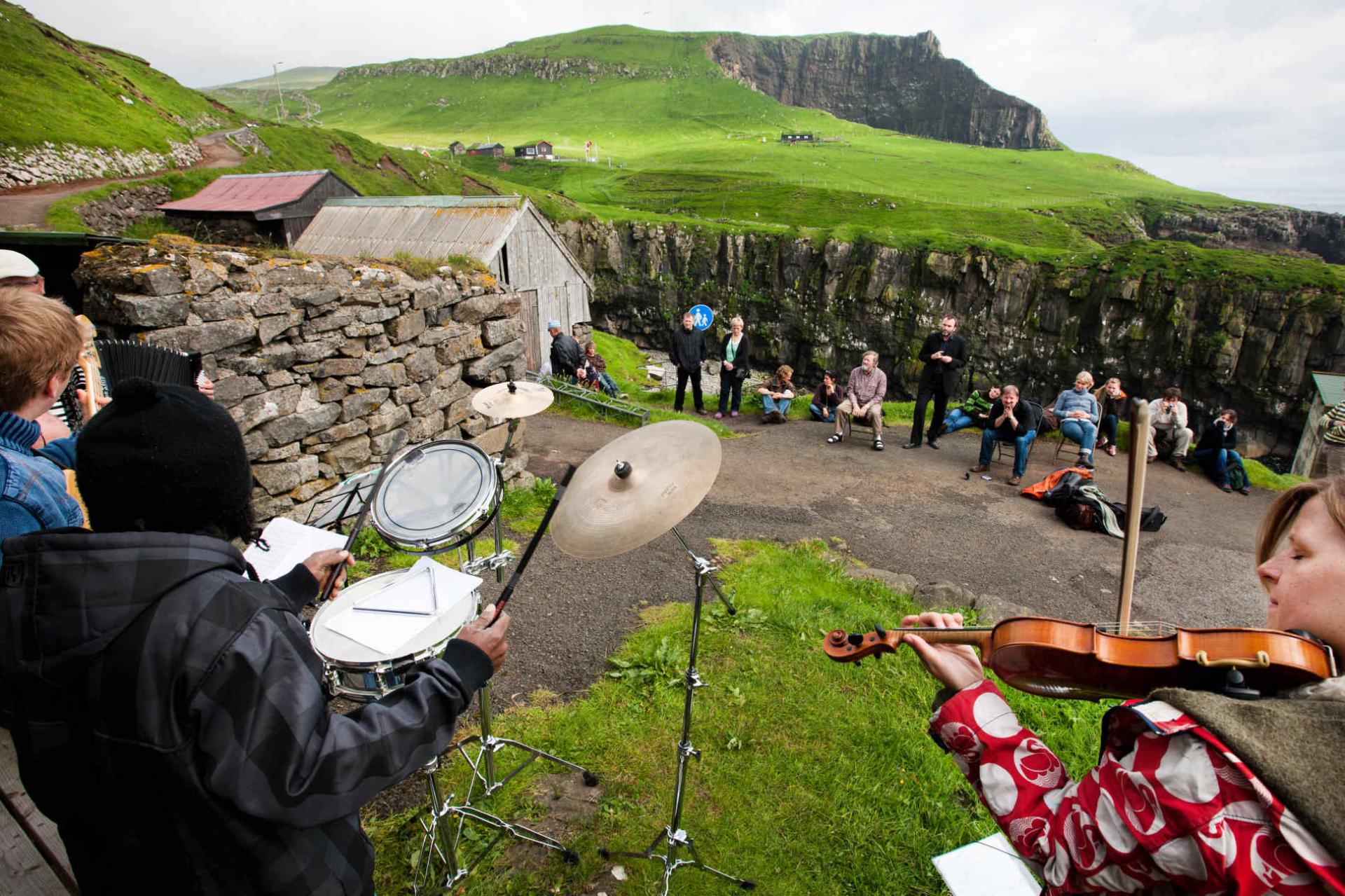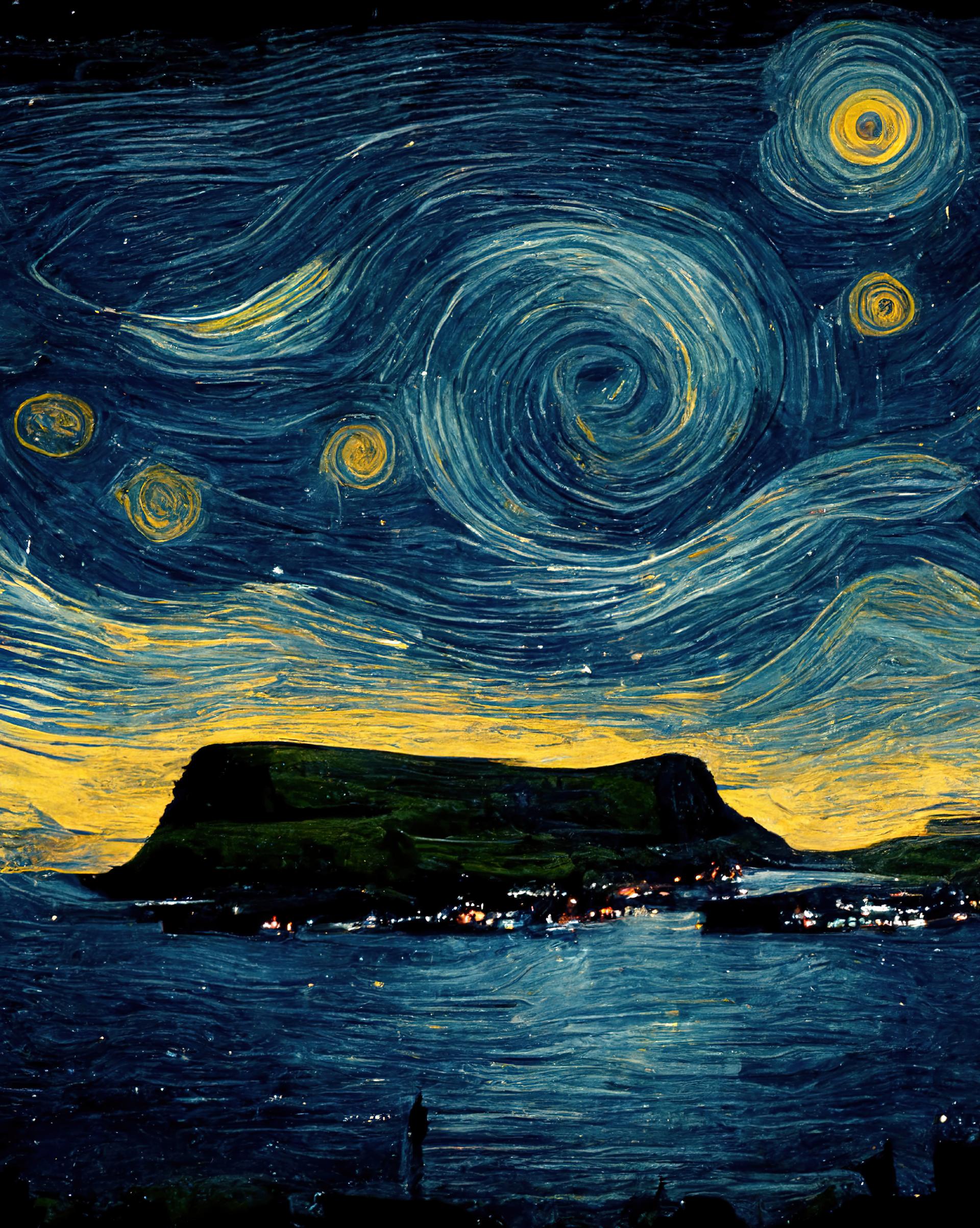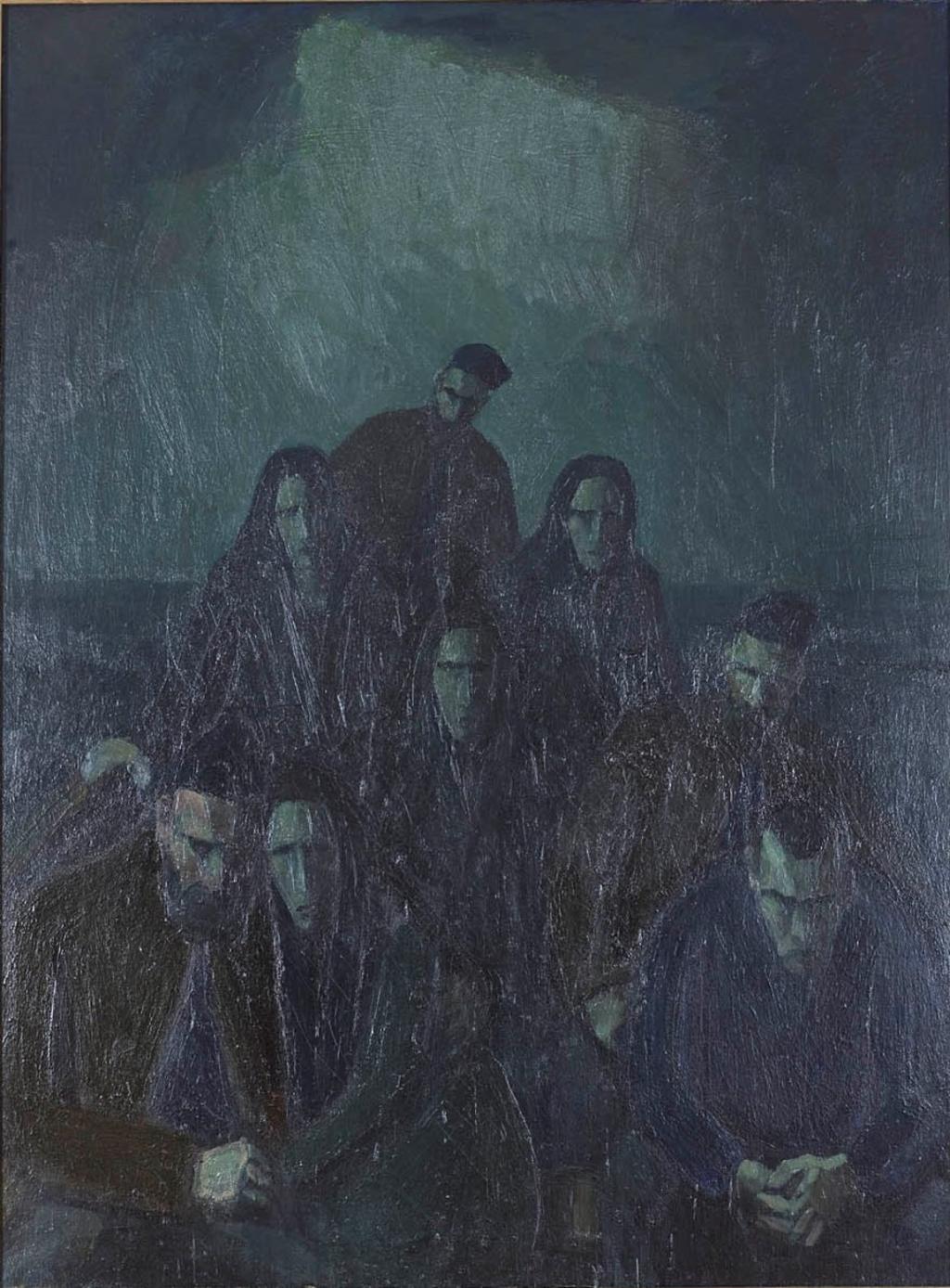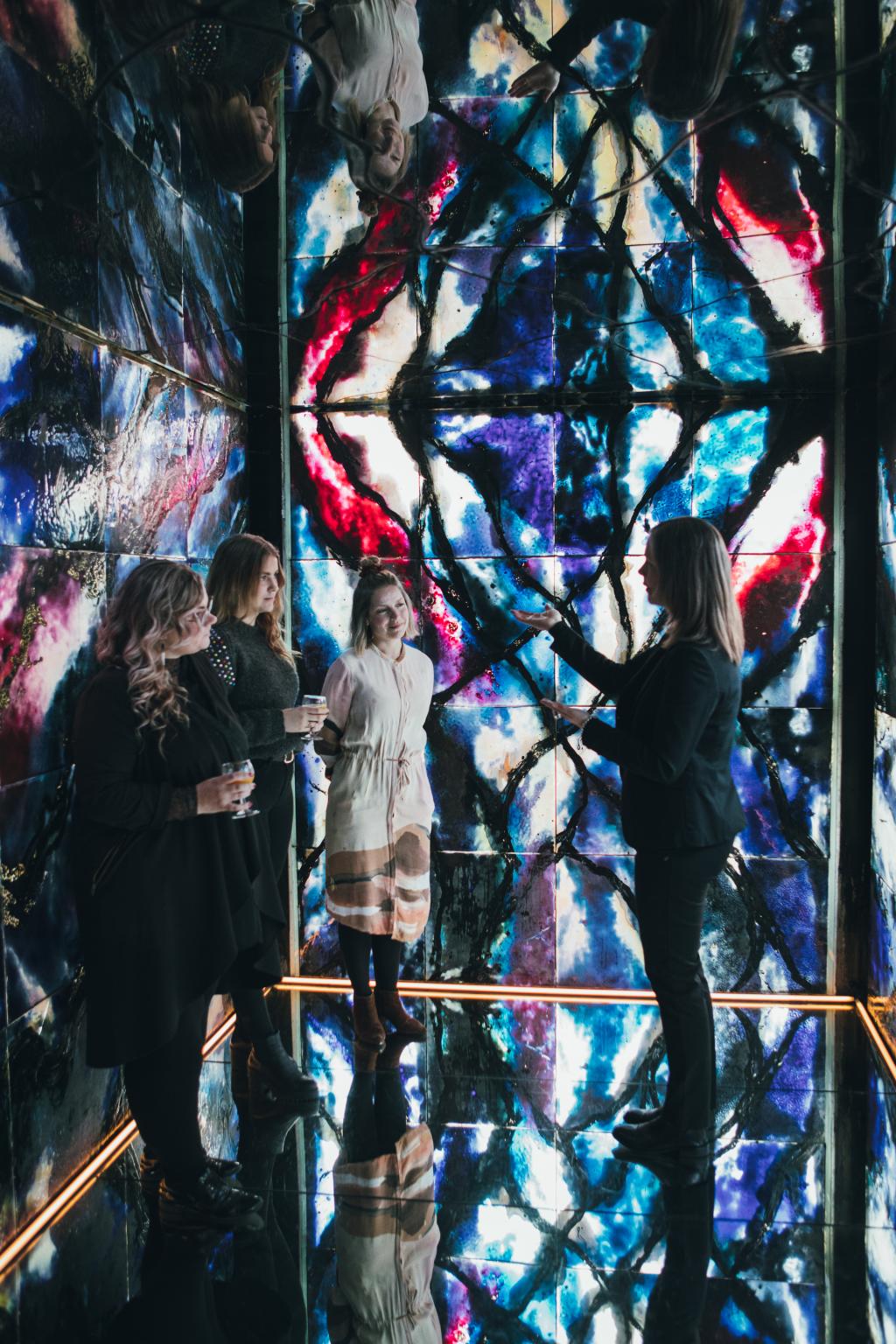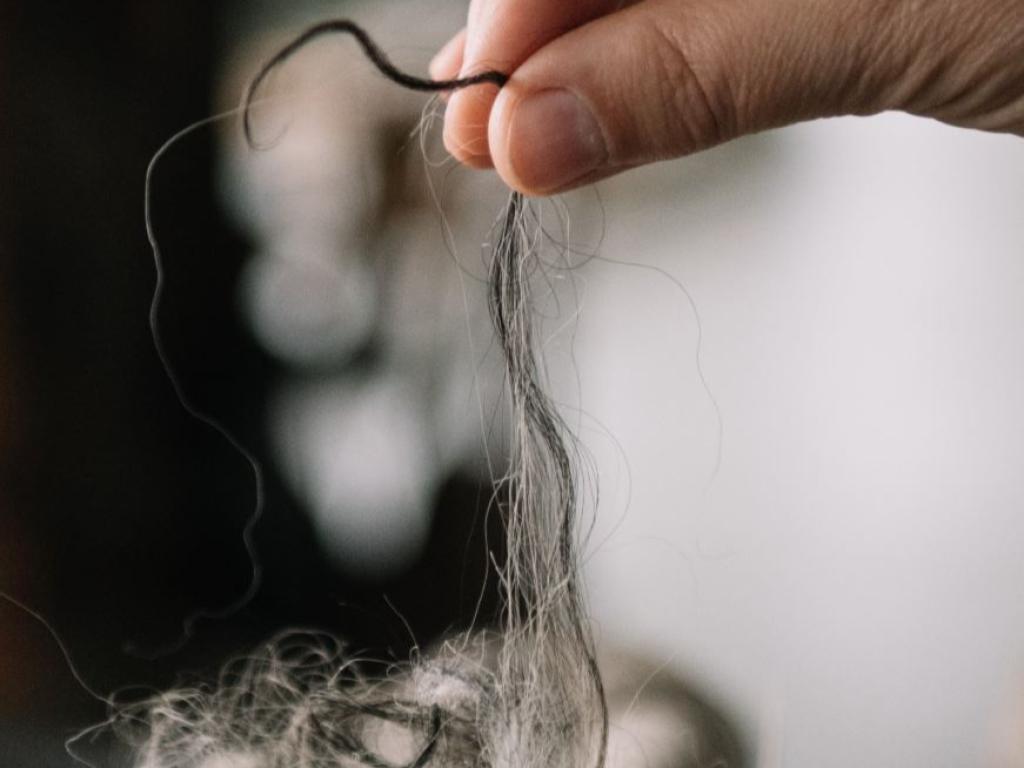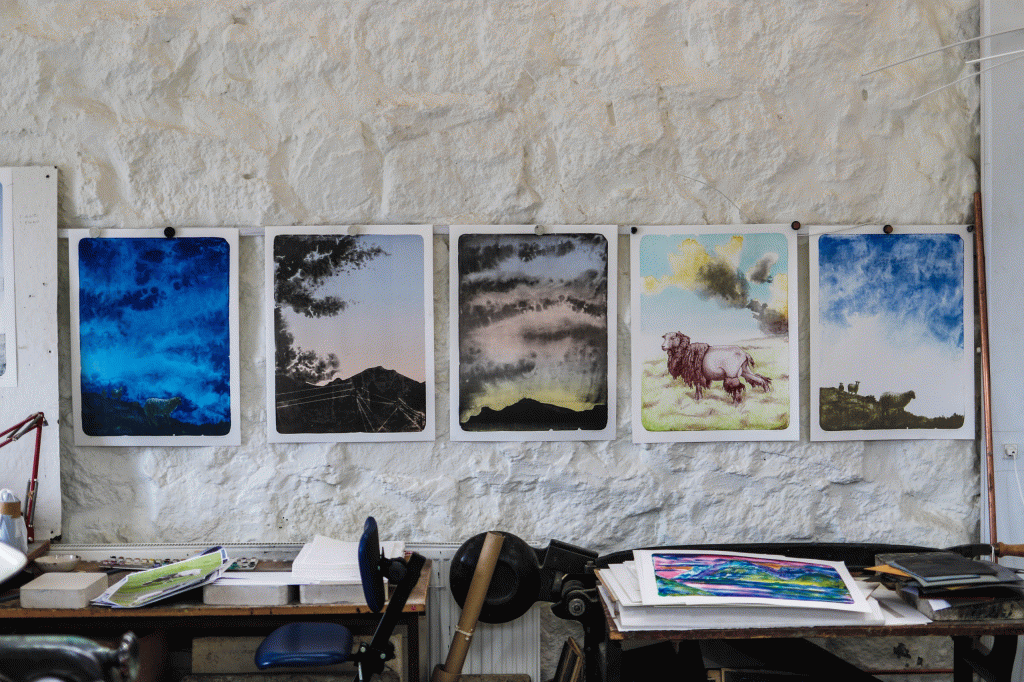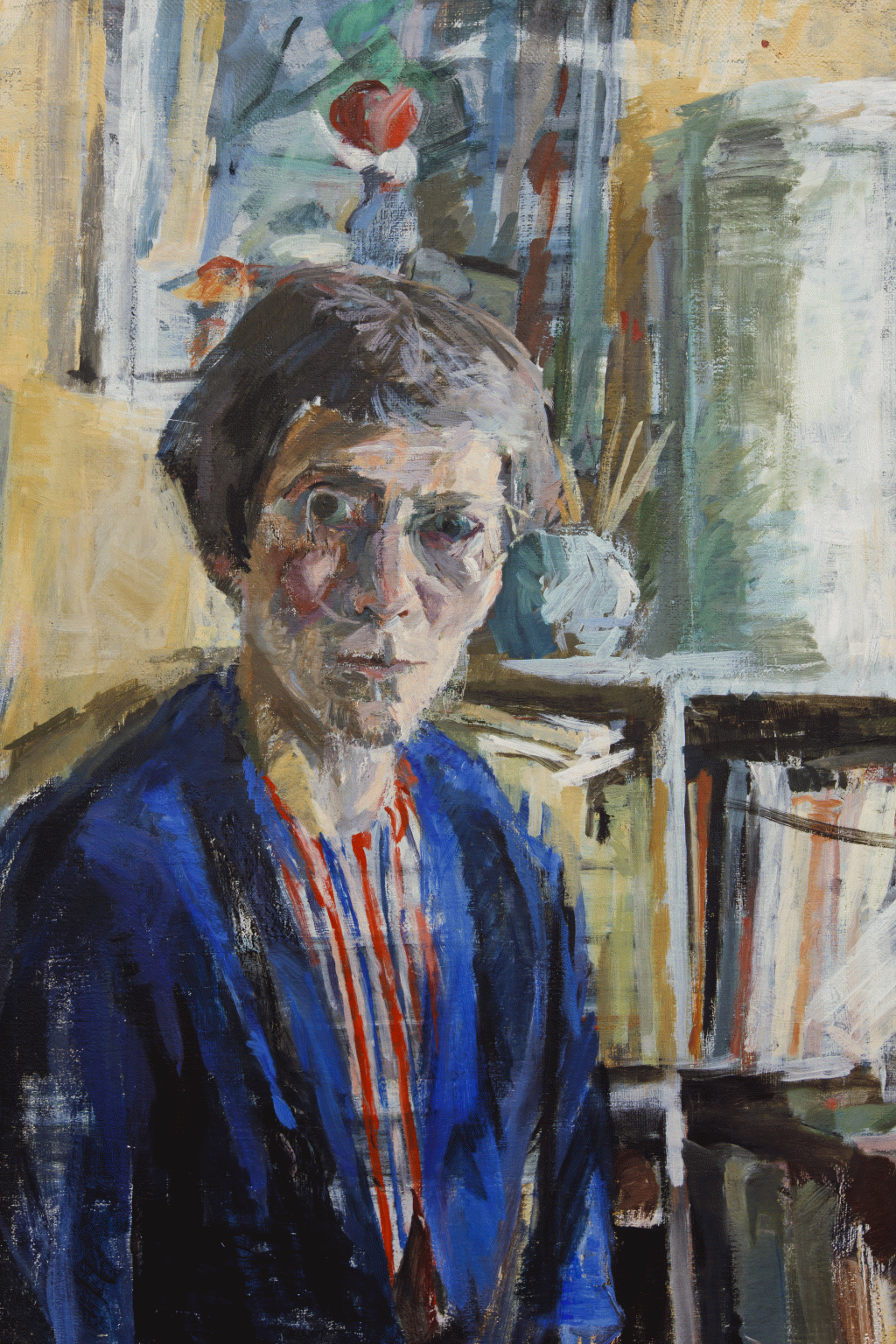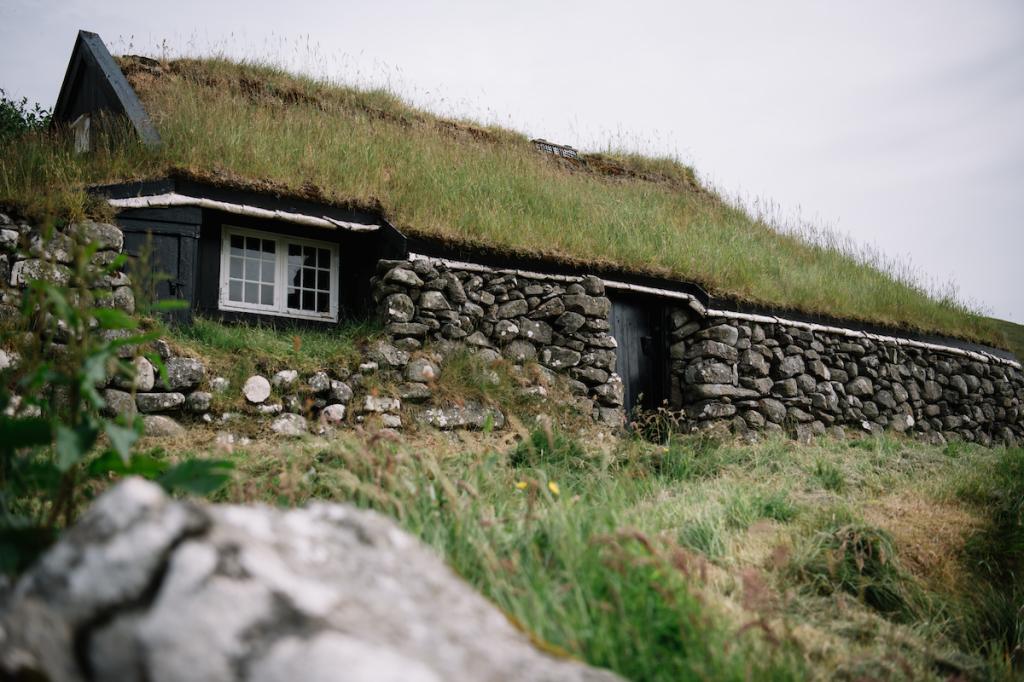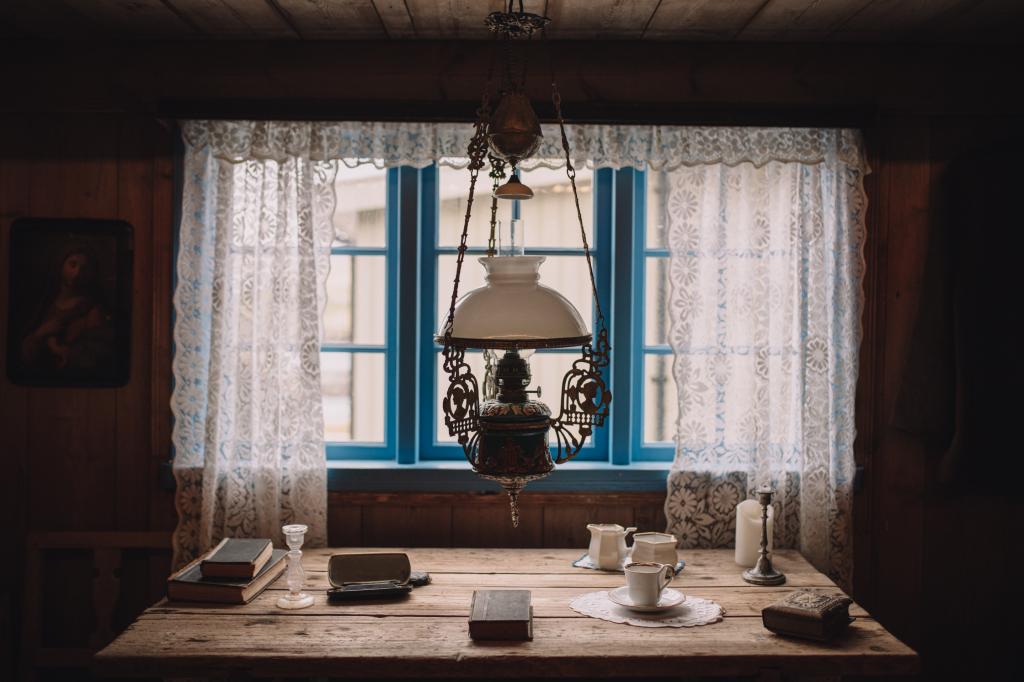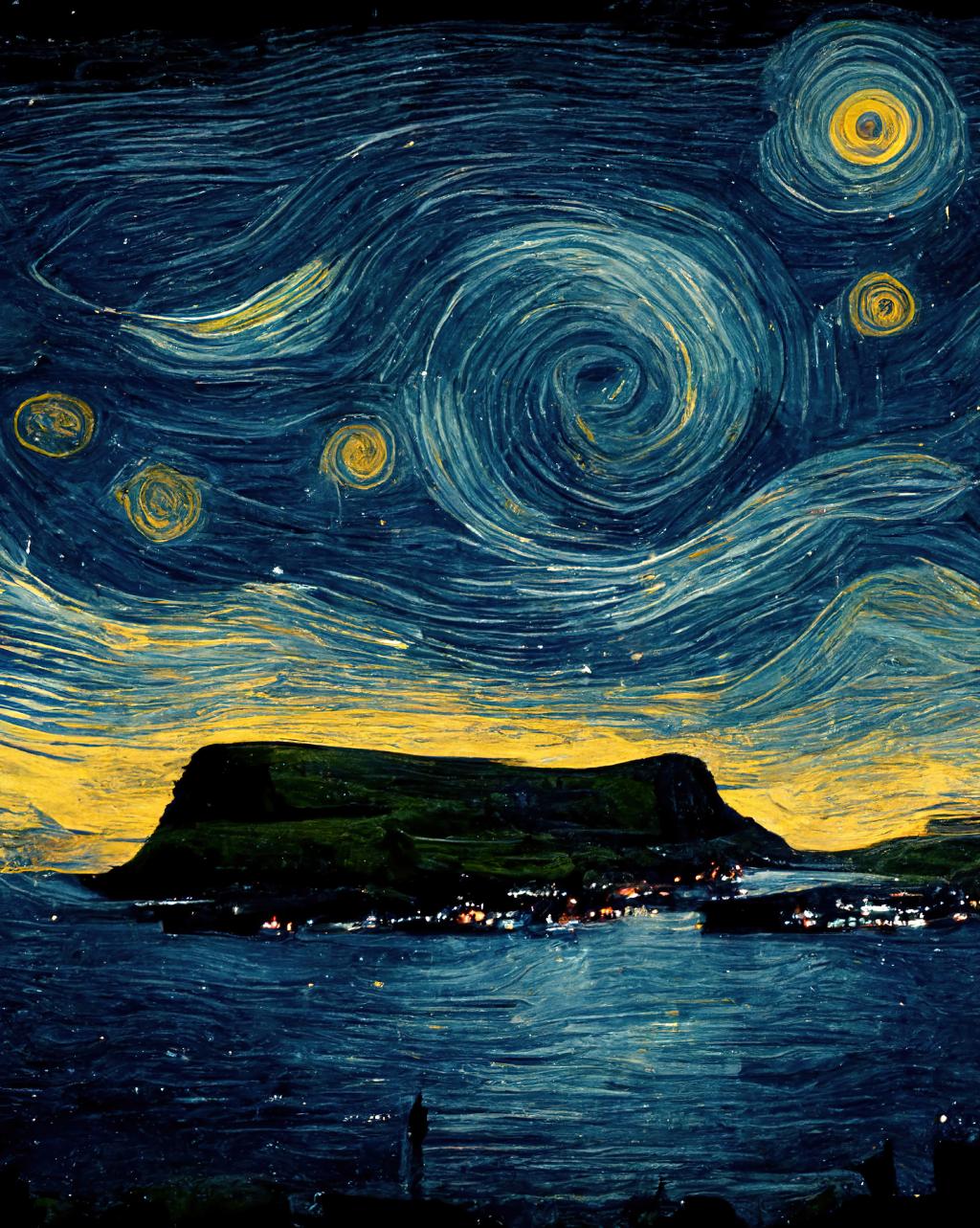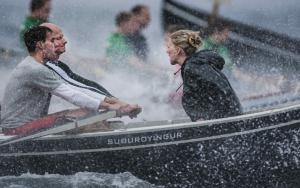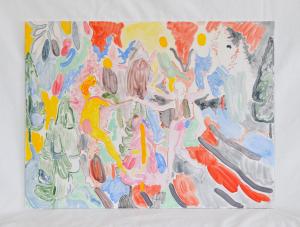VISUAL ART
In an art historical sense, Faroese visual art presents a special situation, as it did not develop before the early part of the twentieth century. Despite the size of the country (approx. 54,000 inhabitants) and the fact that Faroese art history is comparatively young, the quality of Faroese art is remarkably high.
This is demonstrated, for example, when Faroese artists show their work abroad. Their art is often met with great enthusiasm by art critics who passionately exclaim that Faroese art reflects authenticity, honesty and an exceptional kind of strength and vitality. In his review of a large exhibition of Faroese art at the Copenhagen art gallery “Den Frie”, Danish art critic Ole Nørlyng concluded that nature, the wild Faroese landscape, is the driving force behind Faroese artists. As such, nature, once again, plays a dominant role, also when it comes to Faroese art.
Faroese artists from the “Faroese Contemporary” exhibition in the Fall of 2022
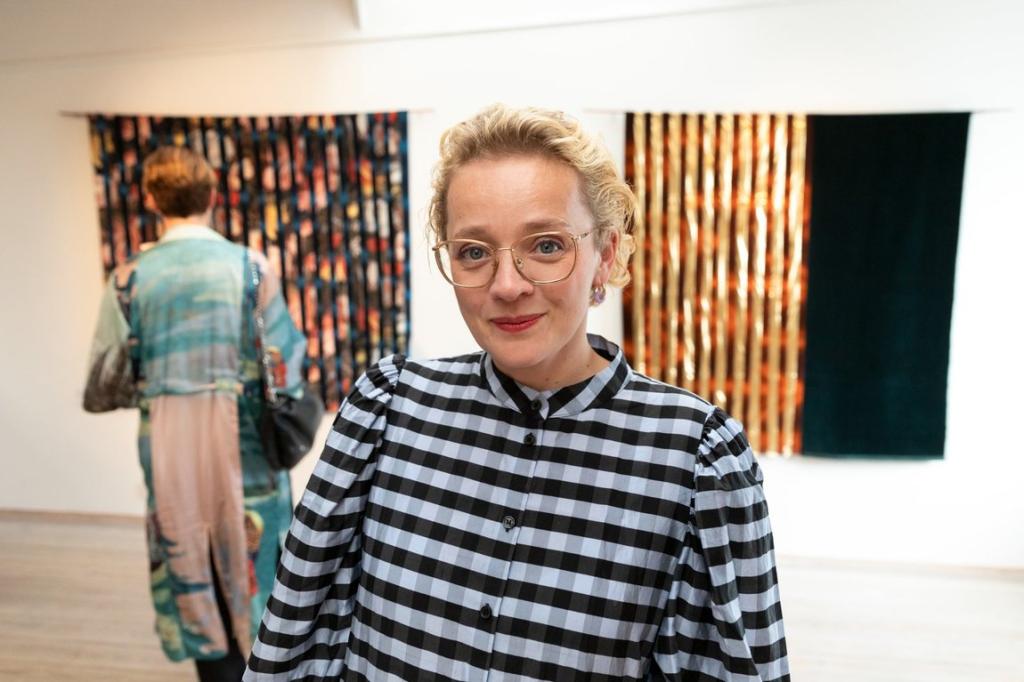
Randi Samsonsen
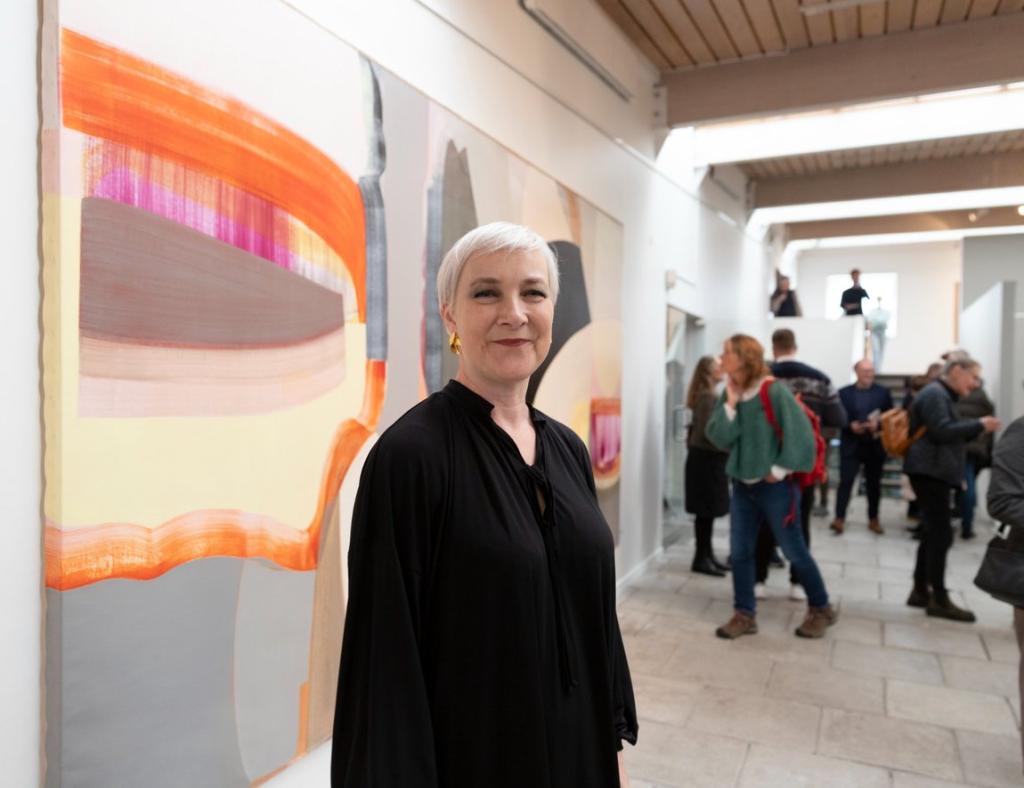
Hansina Iversen
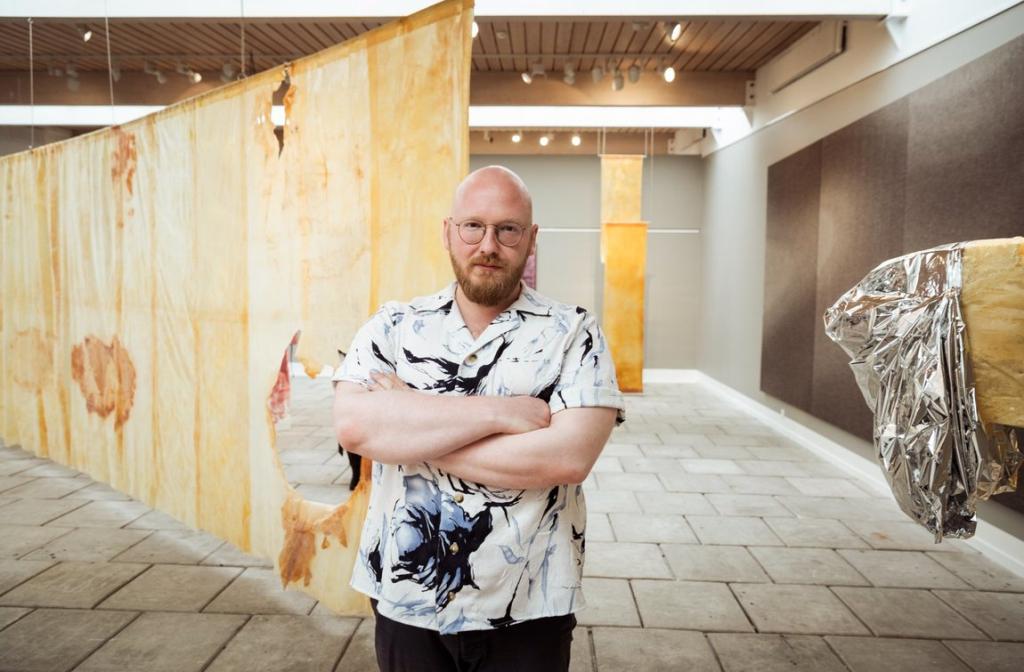
Jón Sonni Jensen
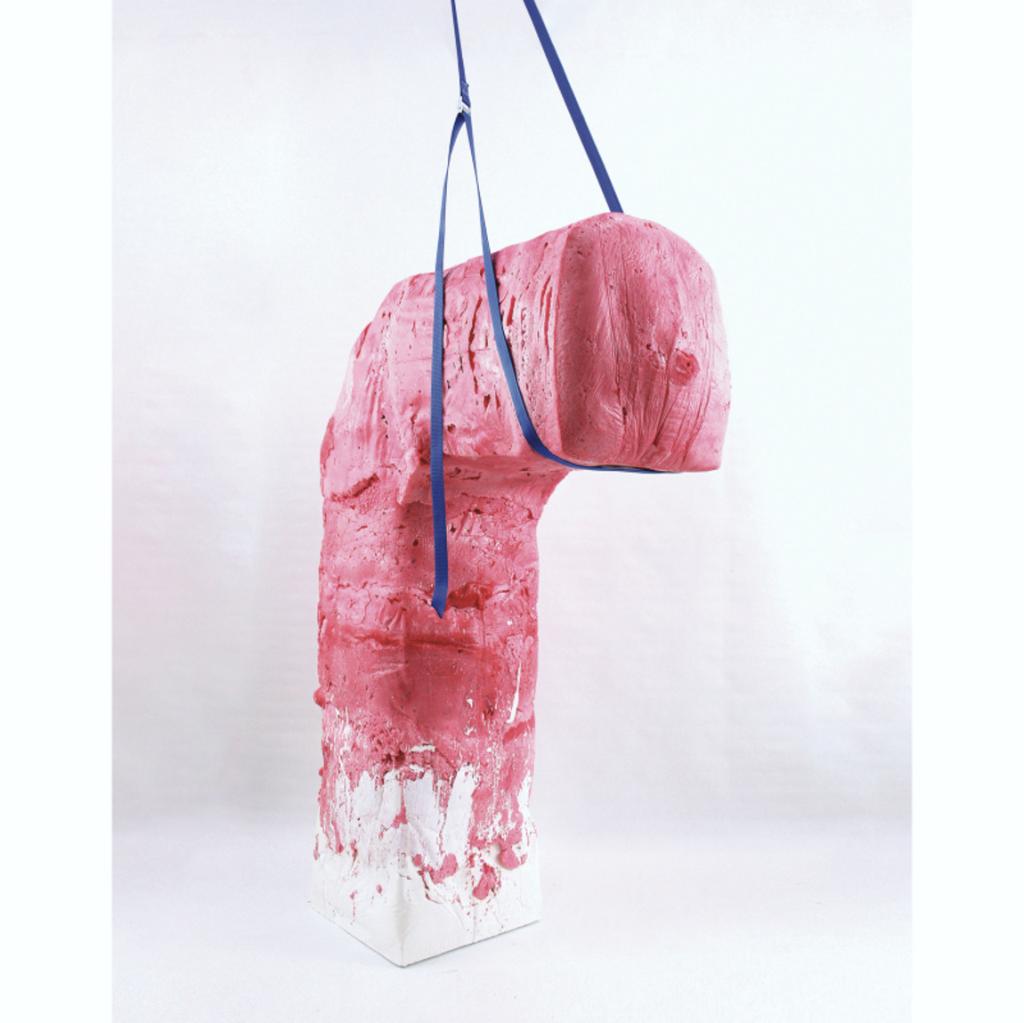
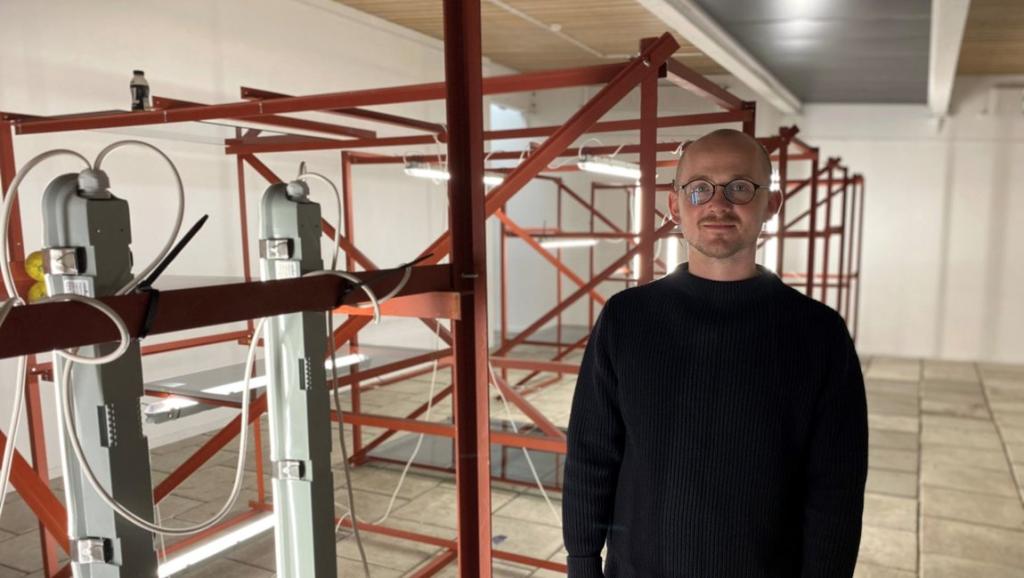
Jóhan Martin Christiansen
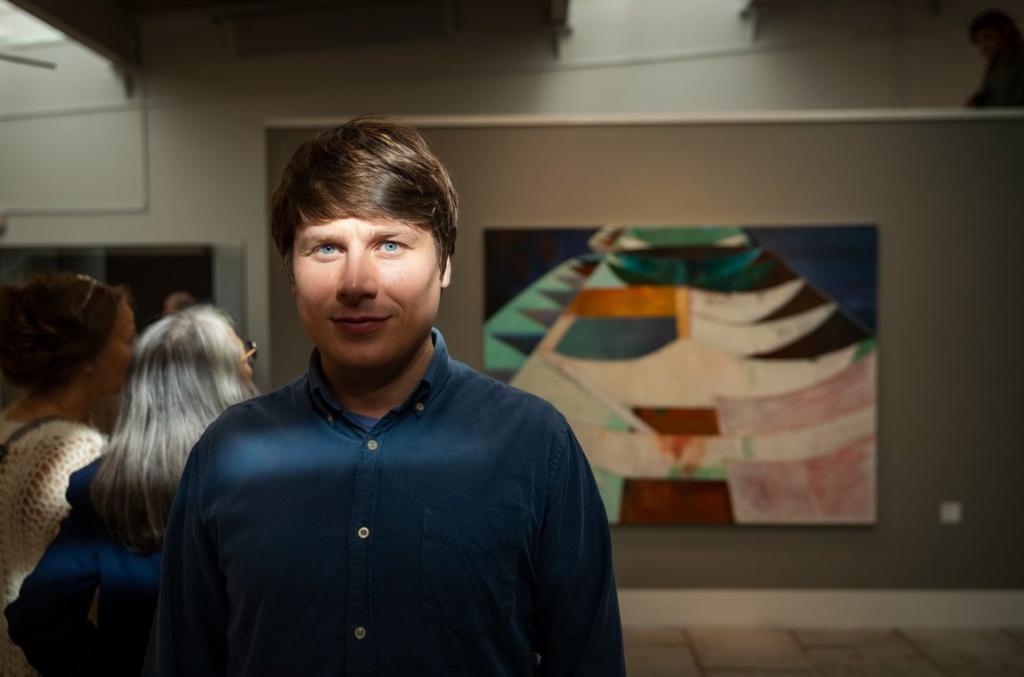
Jens Dam Ziska
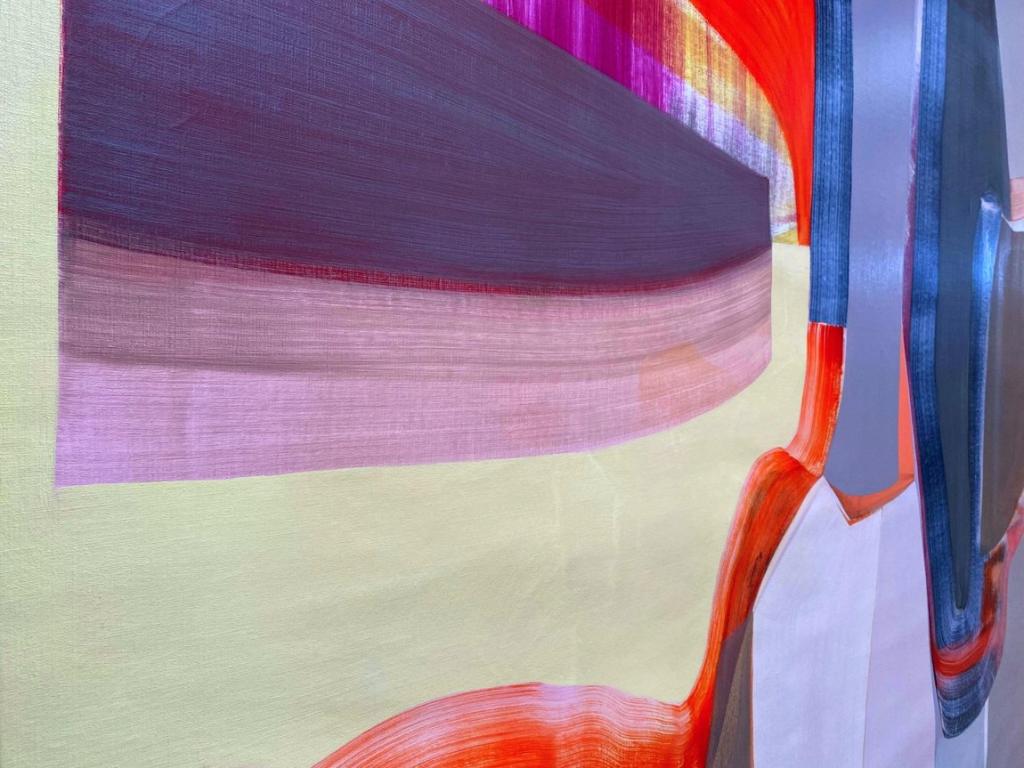
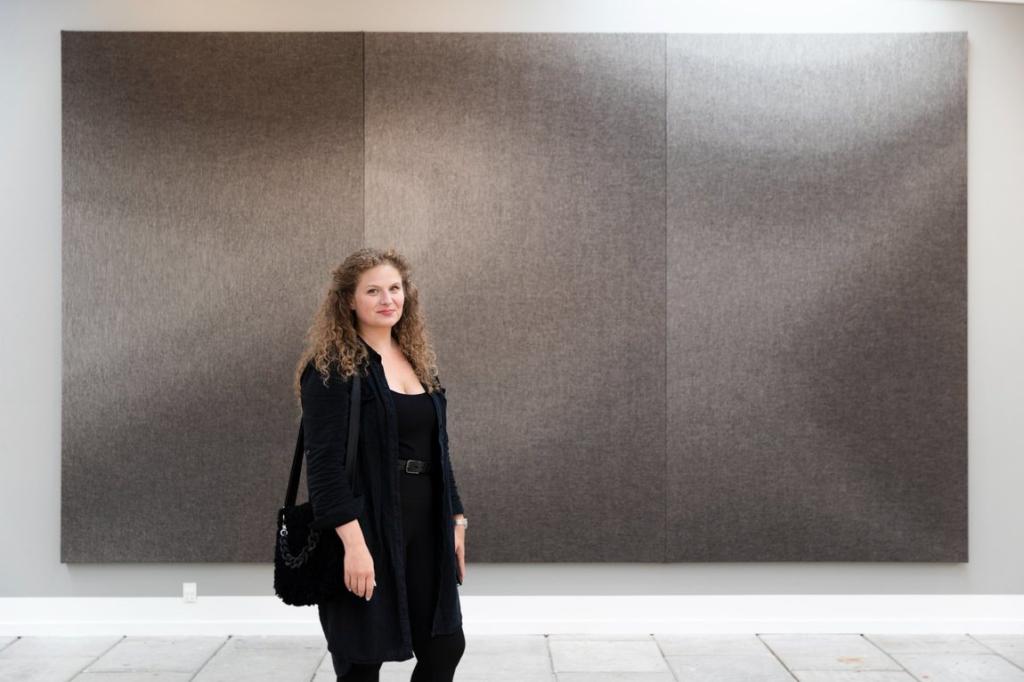
Ragnhild Højgaard
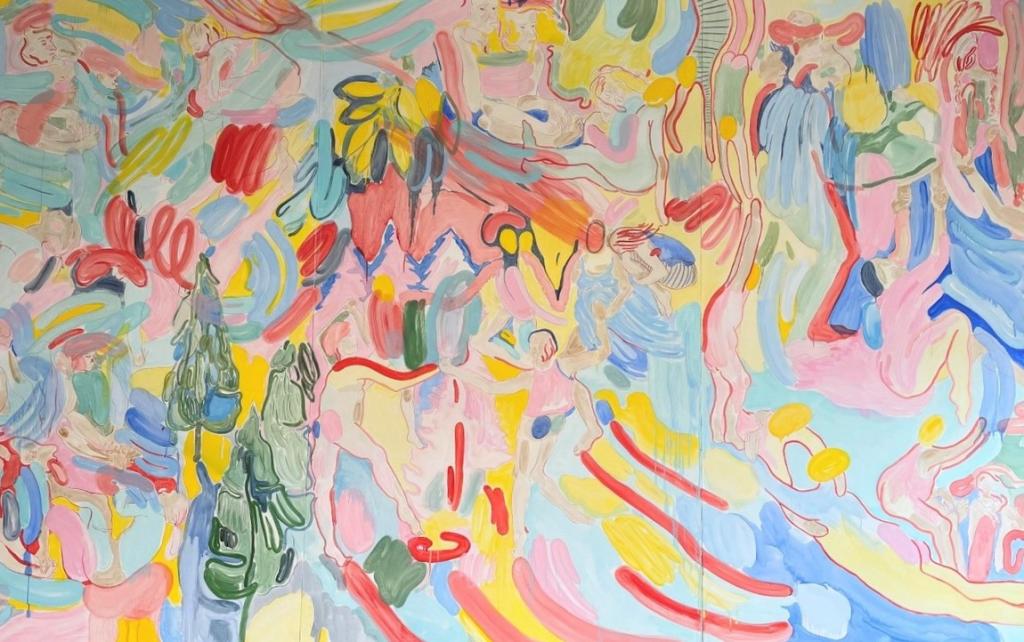
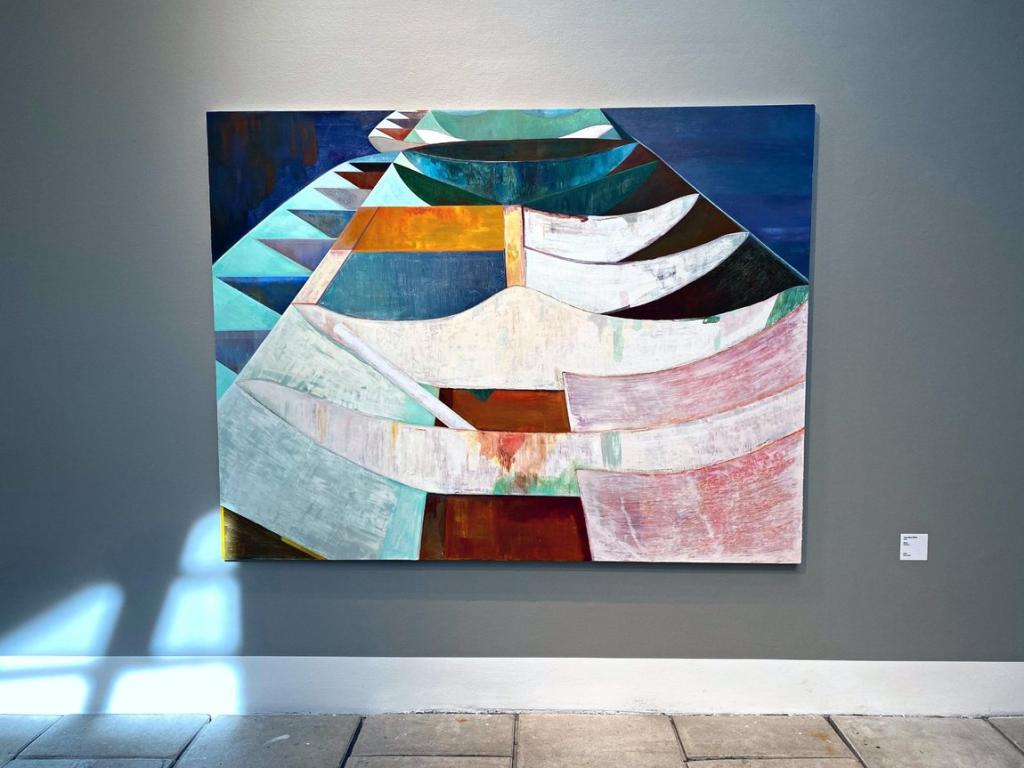
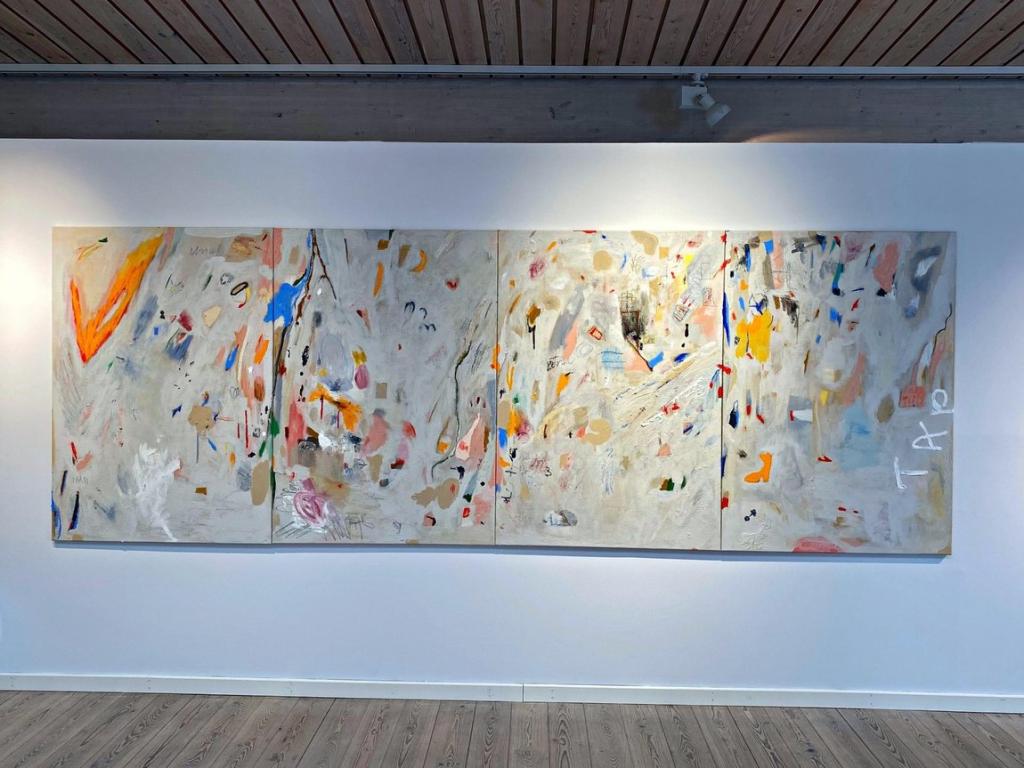
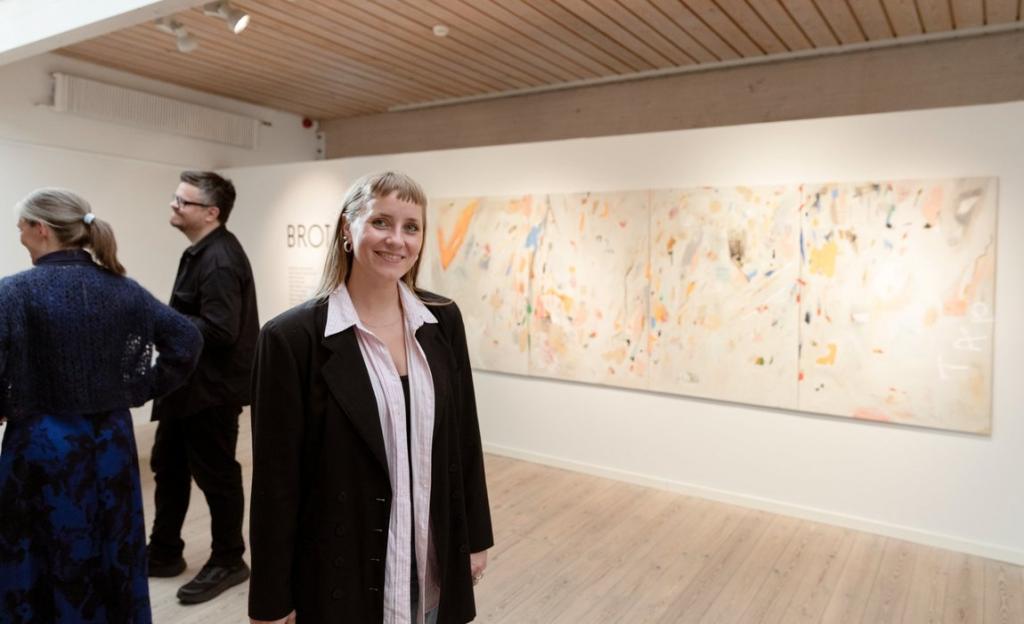
Kirstin Helgadóttir
PIONEERS OF FAROESE VISUAL ART
It all began with nature. Pioneers of Faroese visual art were Niels Kruse (1871-1951), Kristin í Geil (1877-1935) and Jógvan Waagstein (1879-1949); all self-taught painters. They painted landscapes inspired by the 19-century national-romantic movement and the all-pervading nature. The first Faroese professional painter, Sámal Joensen-Mikines (1906-1979), was the first who seriously ventured into and chose painting as an occupation, and he influenced Faroese painting considerably. He began his education at the Academy of Fine Arts in Copenhagen in 1928 with Aksel Jørgensen and Ejnar Nielsen as his teachers. Especially the latter, together with the Norwegian painter Edvard Munch, served as the greatest sources of inspiration for Mikines’ symbolic, expressive, and often sombre and dramatic portrayals in which death plays a major role. The darkest paintings are dated around 1934, which became a fateful year for Mikines. His native village, which holds his name, Mikines (also spelled Mykines), was struck by grief when large parts of the male population of the village drowned following two boat wrecks. Furthermore, this was the year when Mikines’ father died. Mikines described it as an artistic experience when his father’s coffin was carried through the village. Later on, his landscape paintings had more light and were more idyllic. The drama, however, remained an important part of the artistic expression of Sámal Joensen-Mikines.
Following the forceful beginning of Mikines, Faroese art experienced a virtual blossoming after World War II when several talented and productive artists returned to the Faroe Islands after finishing their studies in Denmark. Among these was the sculptor Janus Kamban (b.1913) – a fiery soul in Faroese art circles by reason of his own art, as well as an organizer of exhibitions of Faroese art. The painter, Ruth Smith (1913-1958), belongs to the same generation. When looking at her life’s work, it is undoubtedly her portraits, and especially the self-portraits from the 1950s, that stand as the strongest. These are colouristic masterpieces, characterized by a deep insight into the complementary relationship of the colours. However, it is not solely the formal quality that makes an impression. The short, restless strokes of the paintbrush seem to make the picture surface quiver with life. She wants simply to paint the truth, but the prosaic descriptions are not without dramatic-expressive qualities. Confronted with these paintings, one is reminded of Edvard Munch’s artistic creed, that the artist must dissect the soul on the canvas. Ruth Smith portrayed her own person with examining, critical – almost merciless – eyes. She went through great pains to portray the eyes and it is not entirely by chance that the eyes are called the mirror of the soul, because looking into the eyes of her paintings, it feels like you are looking directly into the troubled soul of the artist. Also, the poetic and in every way unique paintings of the artist Steffan Danielsen (1922-1976), from the island of Nólsoy, have a tremendous impact on the beholder; also today, we sense their quiet and boundless loneliness.
NO ‘ISMS’
Viewed from the outside, the grip that Faroese art – motifically speaking – takes on the Faroese landscape might seem to be an innocent and rather old-fashioned approach to visual art. In other countries, artists have for many years been interested in installations, minimalism and conceptual art, but so far this has not affected Faroese art much. We do not have many “isms” in Faroese art and, e.g., Faroese expressionism is based on reality and not on art theory. This expressionism springs from the – at times – hard living conditions in the Faroe Islands, together with the overwhelming and dramatic nature. Cubism in Faroese art has been mentioned a few times, but Faroese cubism is quite different from the originally intended analytical cubism of Picasso and Braque; in Faroese, cubism, the tangible reality, is never far away. All the same, cubism has had some impact on Faroese art. This is mainly because of the artist Jack Kampmann, who settled in the Faroe Islands after World War II. He was a painter and a graphic artist as well as an accomplished art teacher, which benefitted Faroese artists greatly. Many of his paintings show a profound influence from the French painter Paul Cézannes’ compositions.
Ingálvur av Reyni (1920-2005), who has come to exert the greatest influence on contemporary Faroese art, learned a great deal from Jack Kampmann. Around 1960, he painted some wholly abstract pictures, but more often he used the Faroese landscape as a basis. In his work, we see that he is not content with simply registering the overwhelming landscape. He fights it, simplifies it, and abstracts from it, until only the essence is left until the spiritual experience of the motif has become an independent work of art. In the paintings and prints of Anker Mortensen (1961), there is a clear connection to Ingálvur av Reyni’s abstract paintings, and also the watercolour paintings from the later years. The younger artist is fundamentally abstract in his works, which often seem mysterious with literary titles that derive from poetry and also from hymns and quotations from the Bible.
Zacharias Heinesen (1936) is in capital form and has devoted himself and his attention to the Faroese landscape through half a century of working with art. His famous compositions, with square and triangular houses and mountains in bright lucid colours, have inspired many a Faroese artist. The motif that persistently seems to preoccupy his interest is the village by the ocean. The atmosphere in his work appears light and the compositions seem relatively straightforward. The artistic enterprise appears to consist largely of registering the light conditions in nature. In Torbjørn Olsen’s (1956) colouristic paintings, the sensuousness appears almost tangible. He is not fond of being called a “literary painter” or an illustrator. Nevertheless, it can be ascertained that he, in his altarpieces, gets a lot of inspiration from Biblical stories and from people. A whole lot of things seem to happen when he has living people standing in front of him as models. He need not worry about the literary aspect, as his works always seem to expound the story or the model in a universal way that often takes its origins in a fundamental existential doubt.
FAROESE VISUAL ART TODAY
The Faroese visual art has hardly ever been as manifold as it is today. Art is exhibited on a regular basis in The National Gallery of the Faroe Islands and The Nordic House, both in Tórshavn, as well as in art galleries around the country. Also important is the role of The Faroe Islands Lithographic Workshop, where Faroese artists have the opportunity to meet foreign artists. Their exhibitions also play an important role in raising the level of Faroese art. One of the most interesting and innovating Faroese artists at the moment, Tóroddur Poulsen (1957), has, for instance, mainly worked at the Lithographic Workshop, where he has created intriguing works of art in which writing is combined with pictures.
In the work of the younger generation of Faroese artists, the interest in the Faroese landscape as a subject matter seems to have declined, while the interest in the human mind, existential or philosophical questions, or the internal landscapes, seems to have increased. This development is a natural result of globalization and the fact that the younger generation of Faroese artists has generally chosen to reside abroad. Furthermore, Faroese visual art is growing in diversity with provocative works by an emerging generation such as Jóhan Martin Christiansen, Jón Sonni Jensen, Edvard Fuglø, Hansina Iversen and Rannvá Kunoy just to name a few.
Apart from the few mentioned here, Faroese art is enriched by many gifted artists, some of which are represented on the National Gallery of the Faroe Islands’ homepage.
